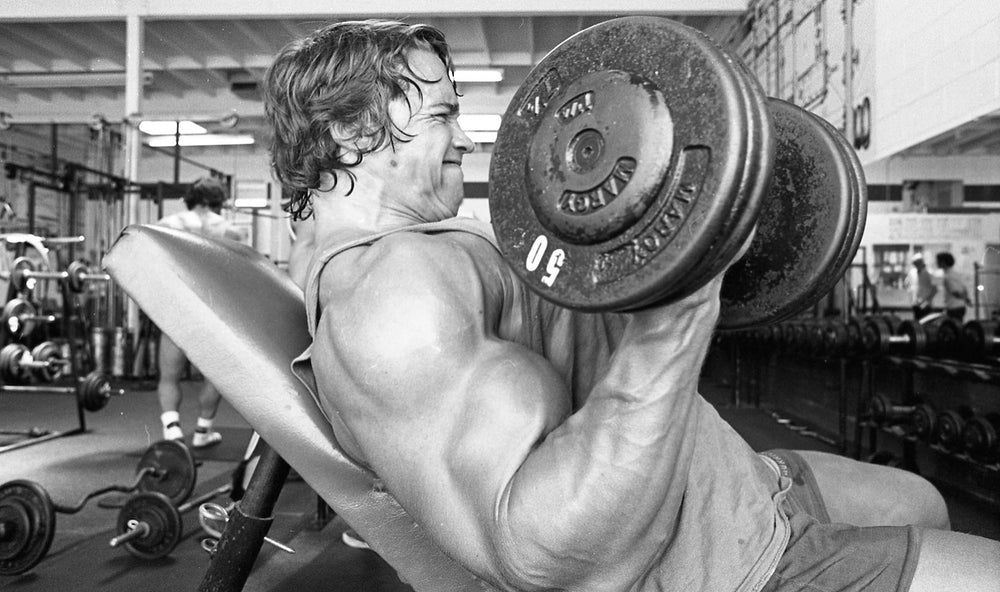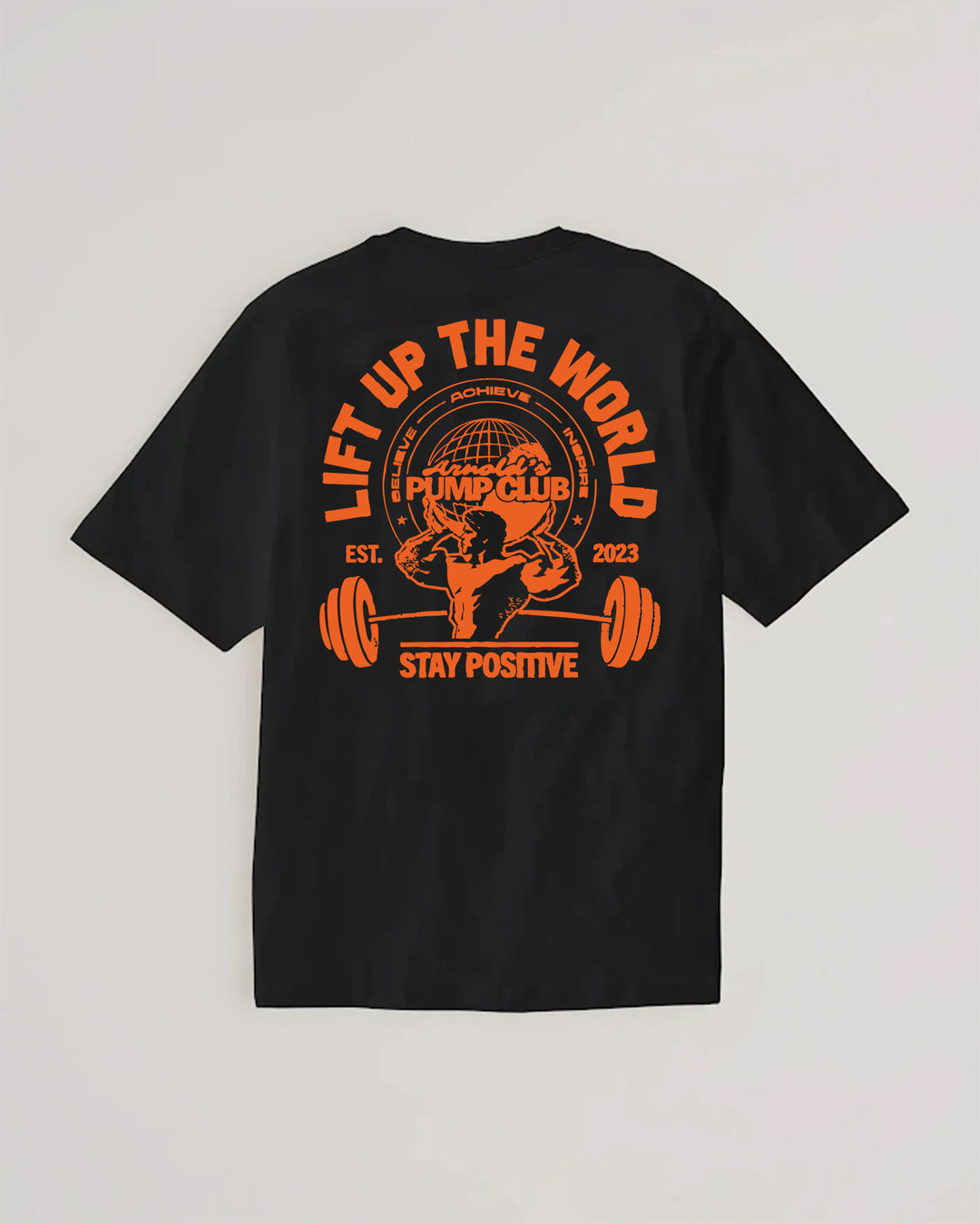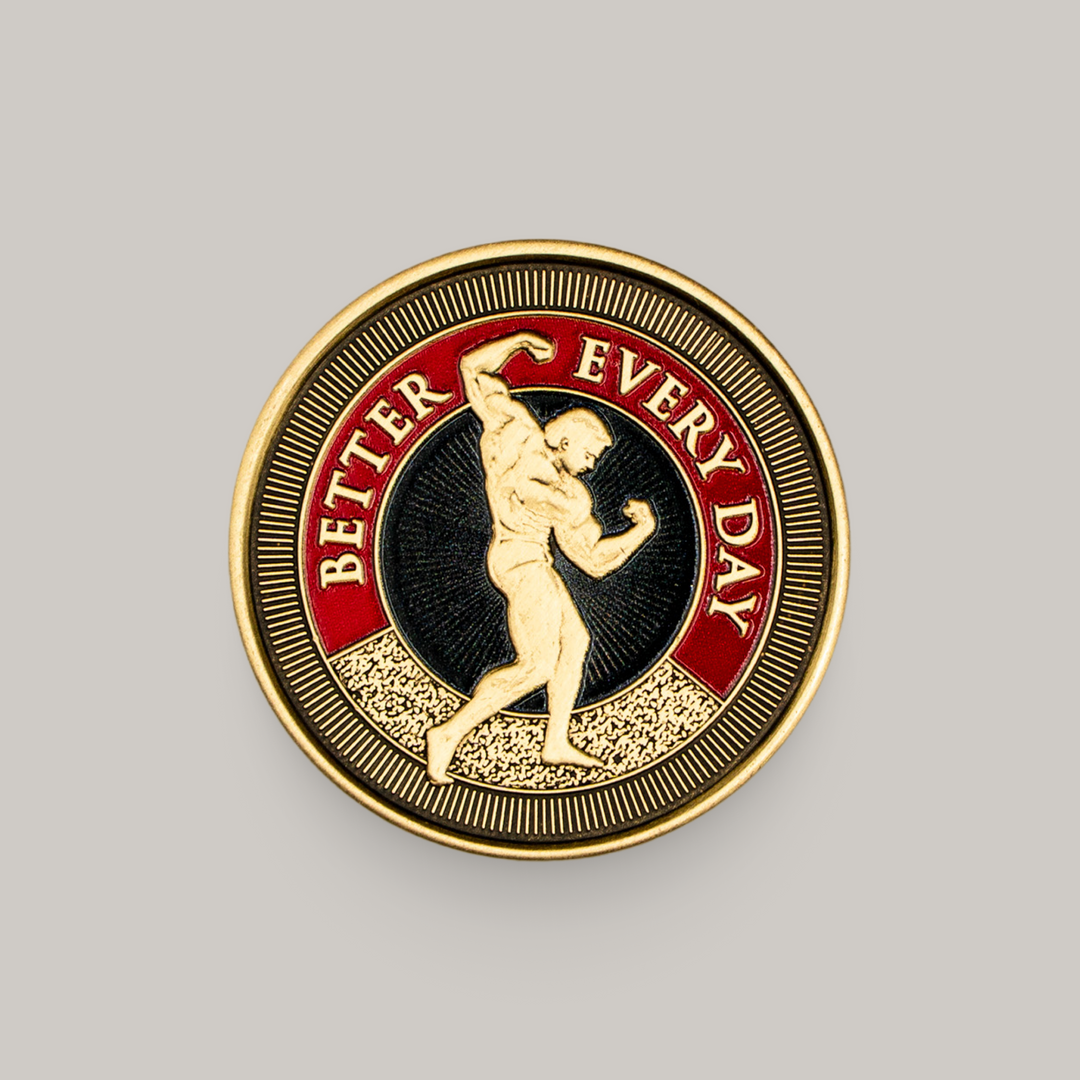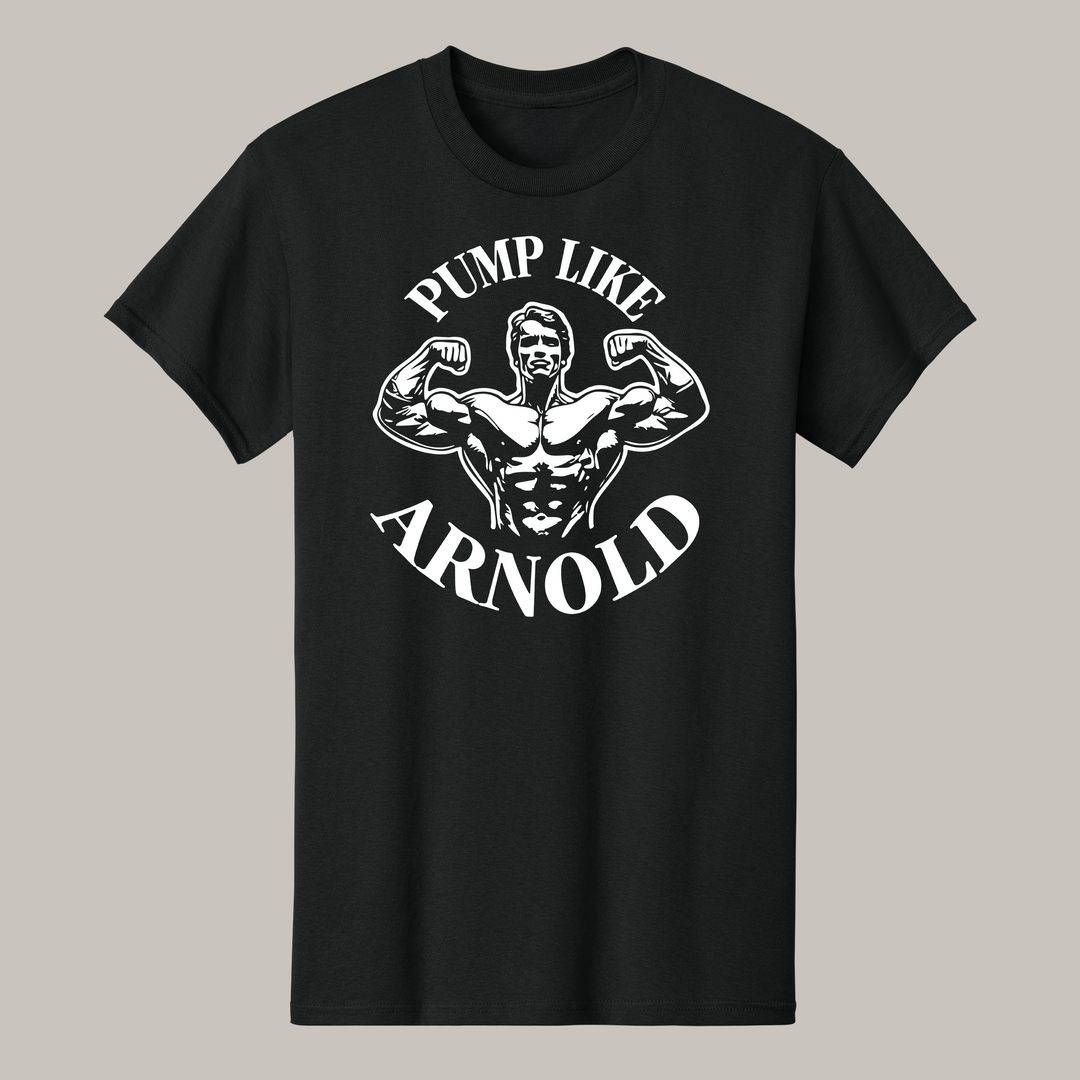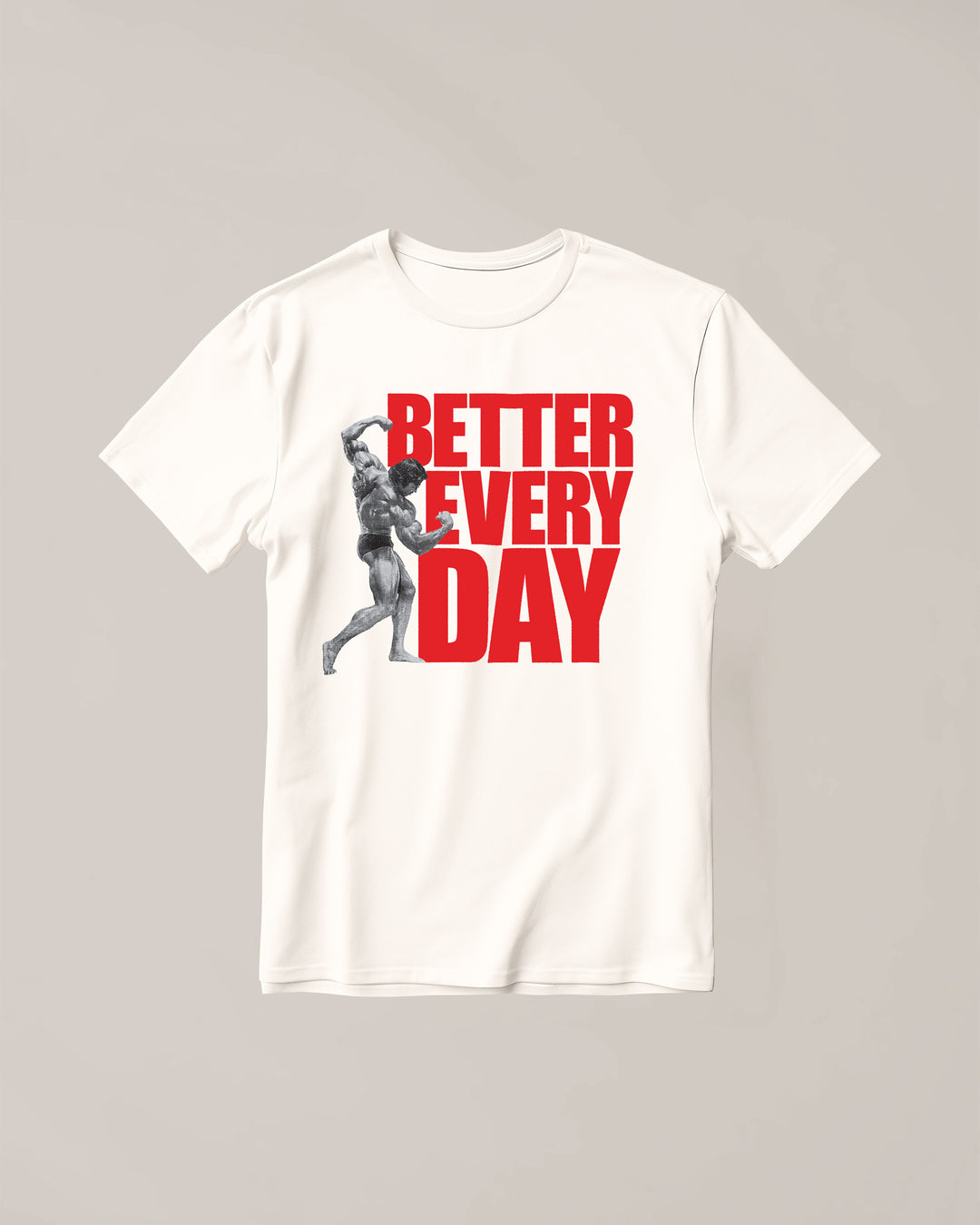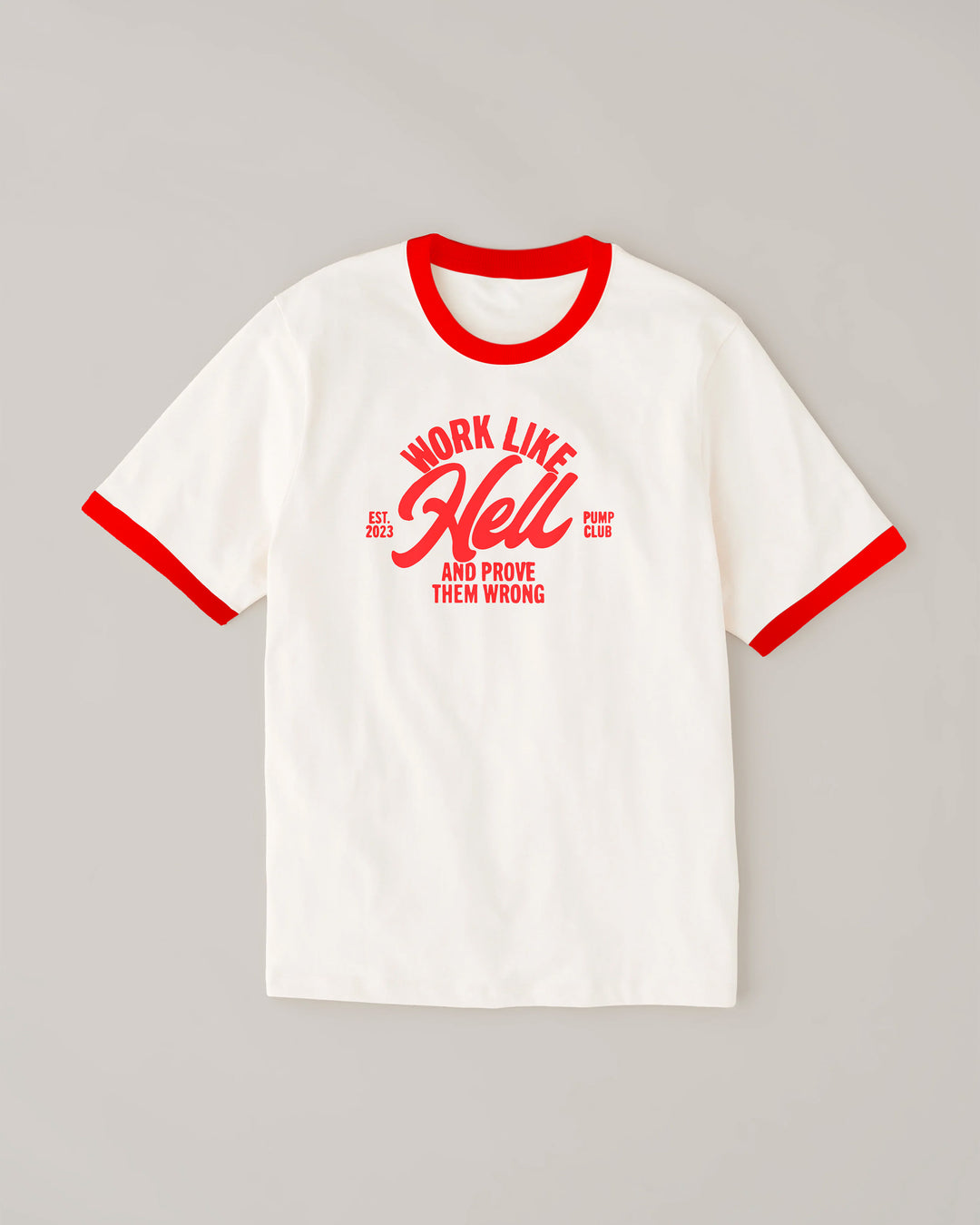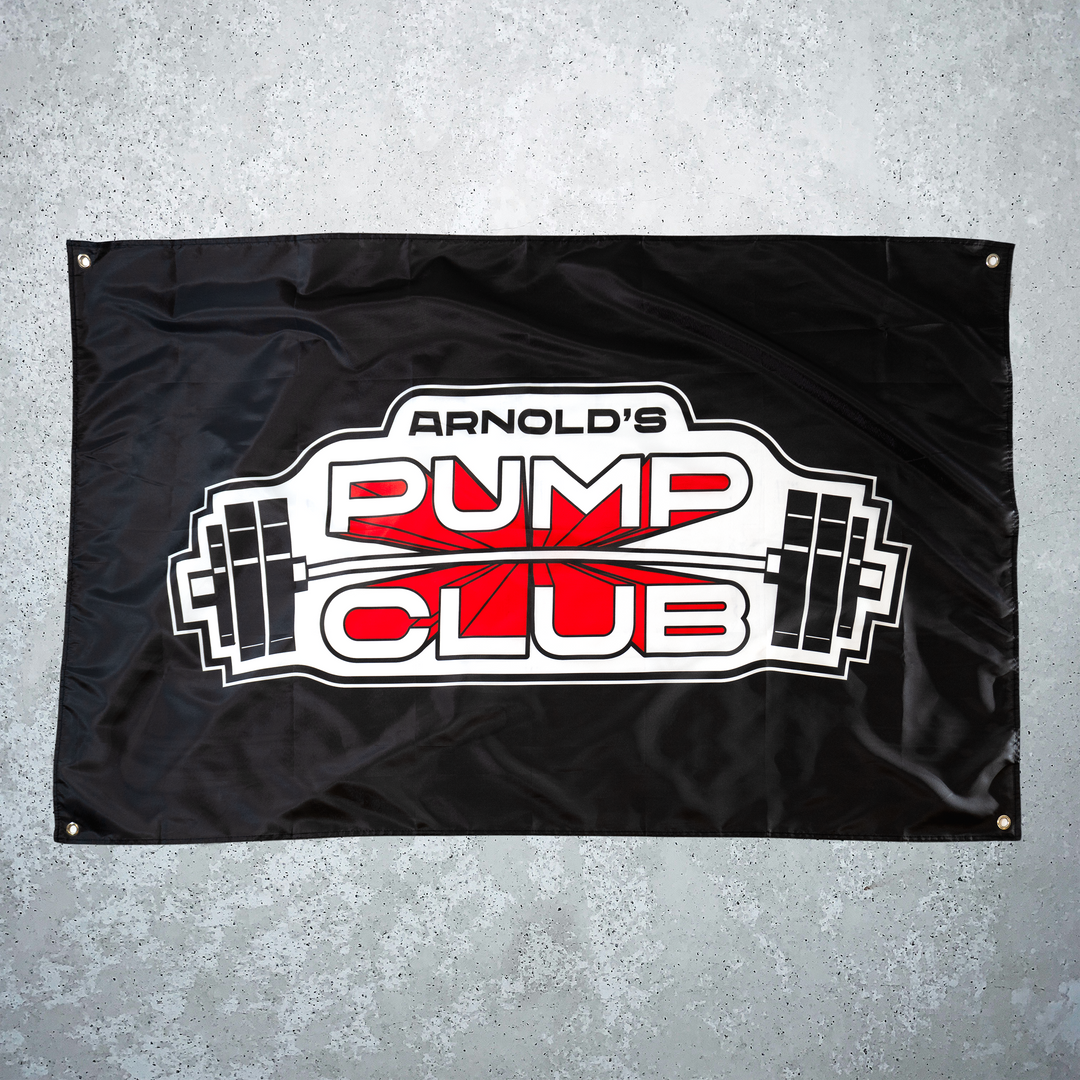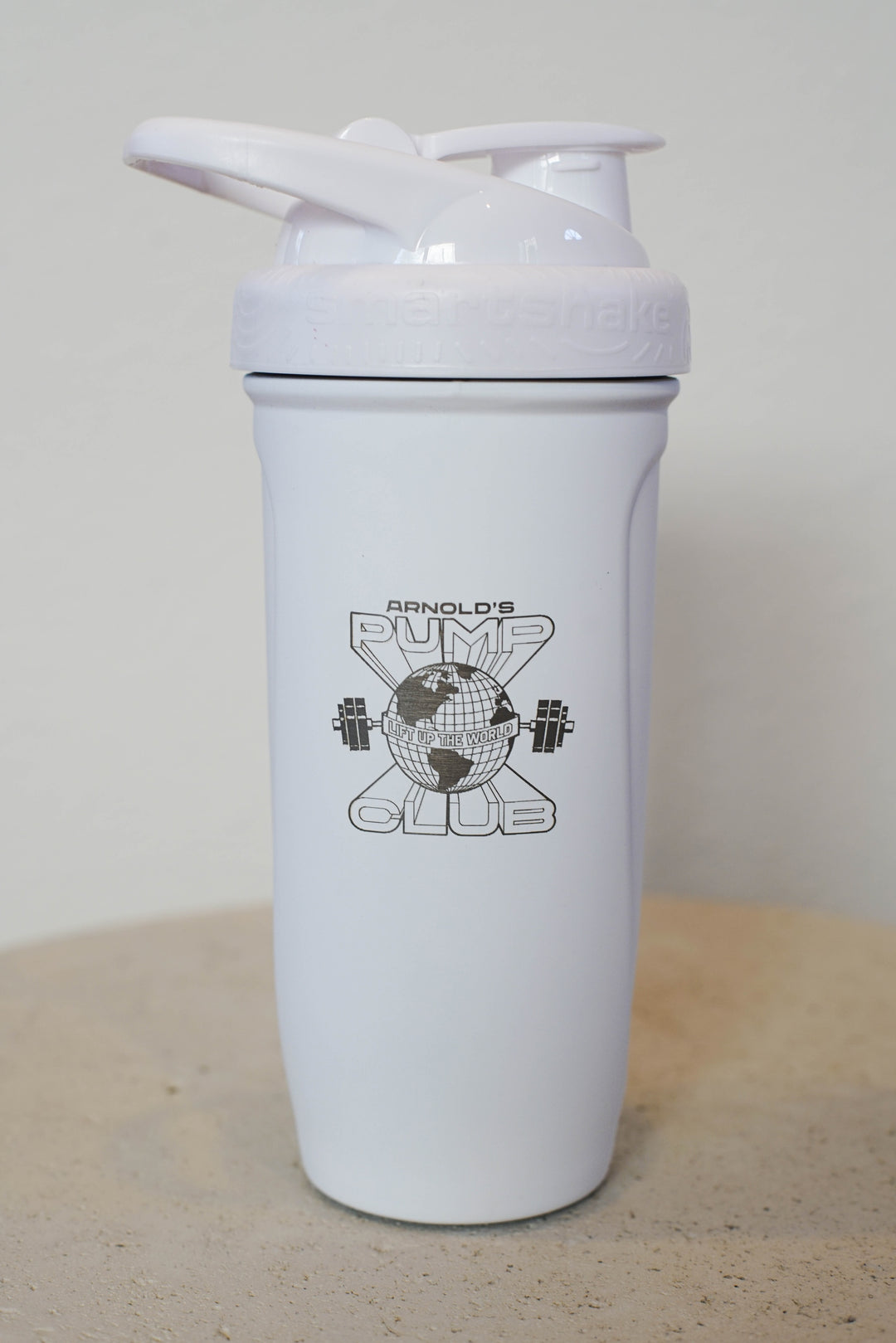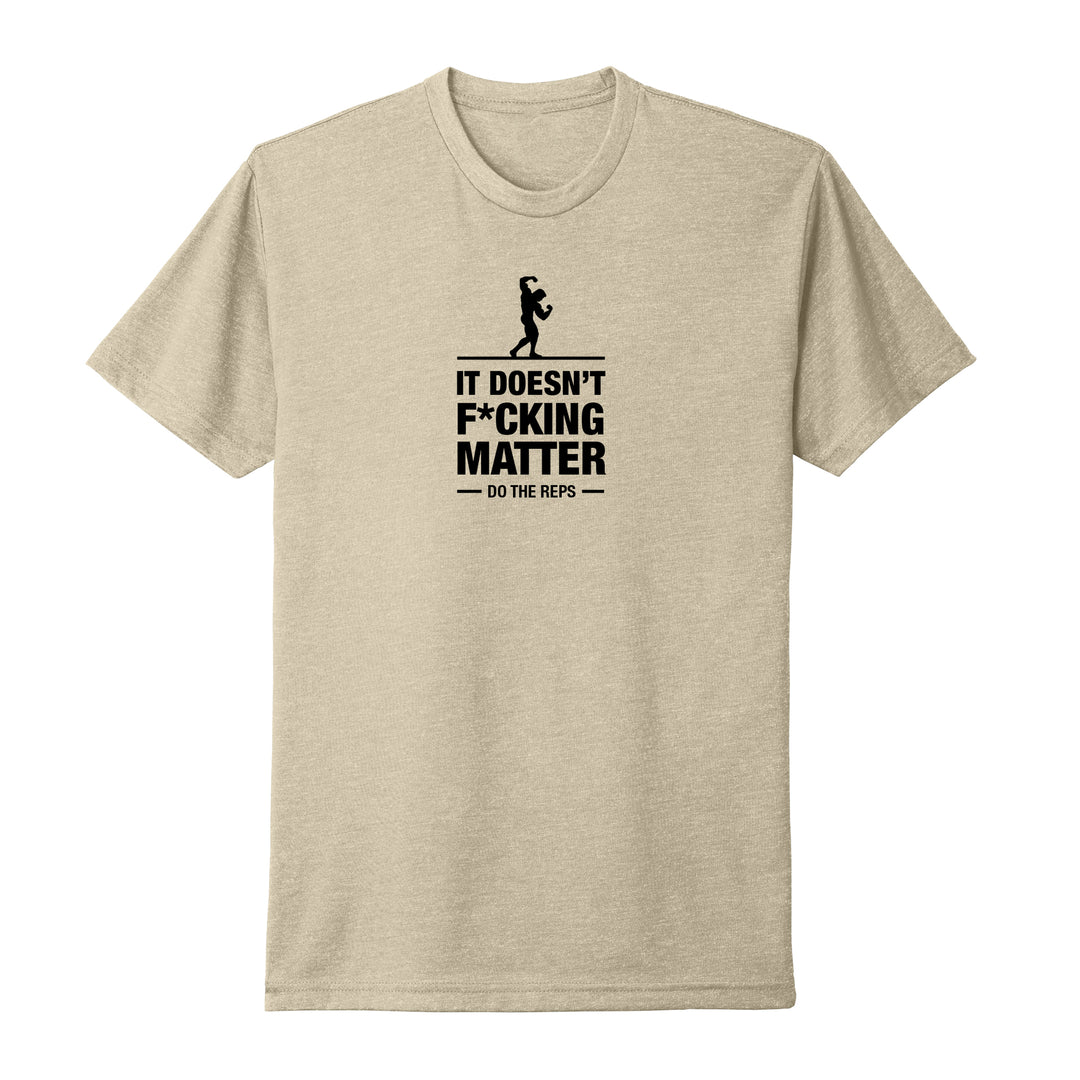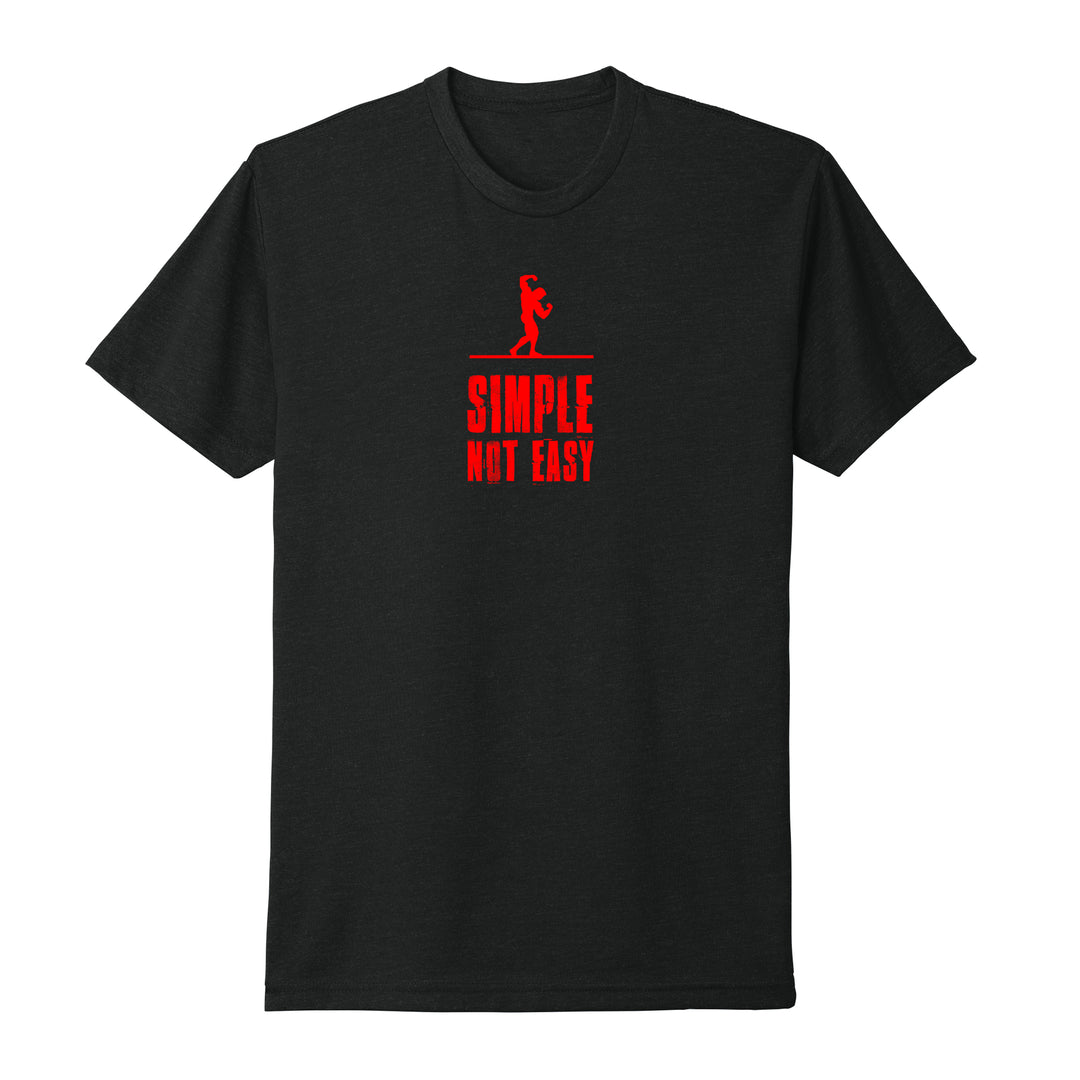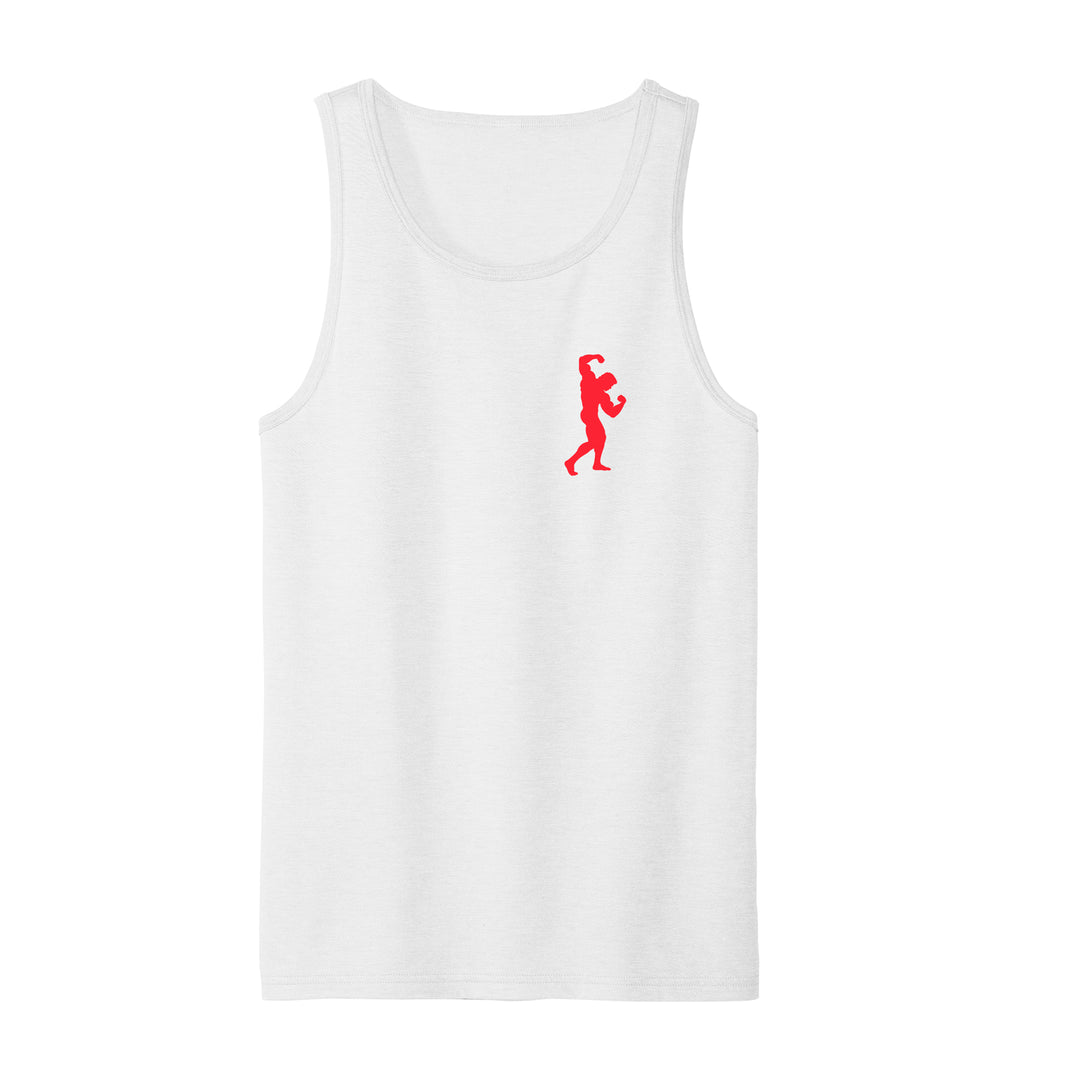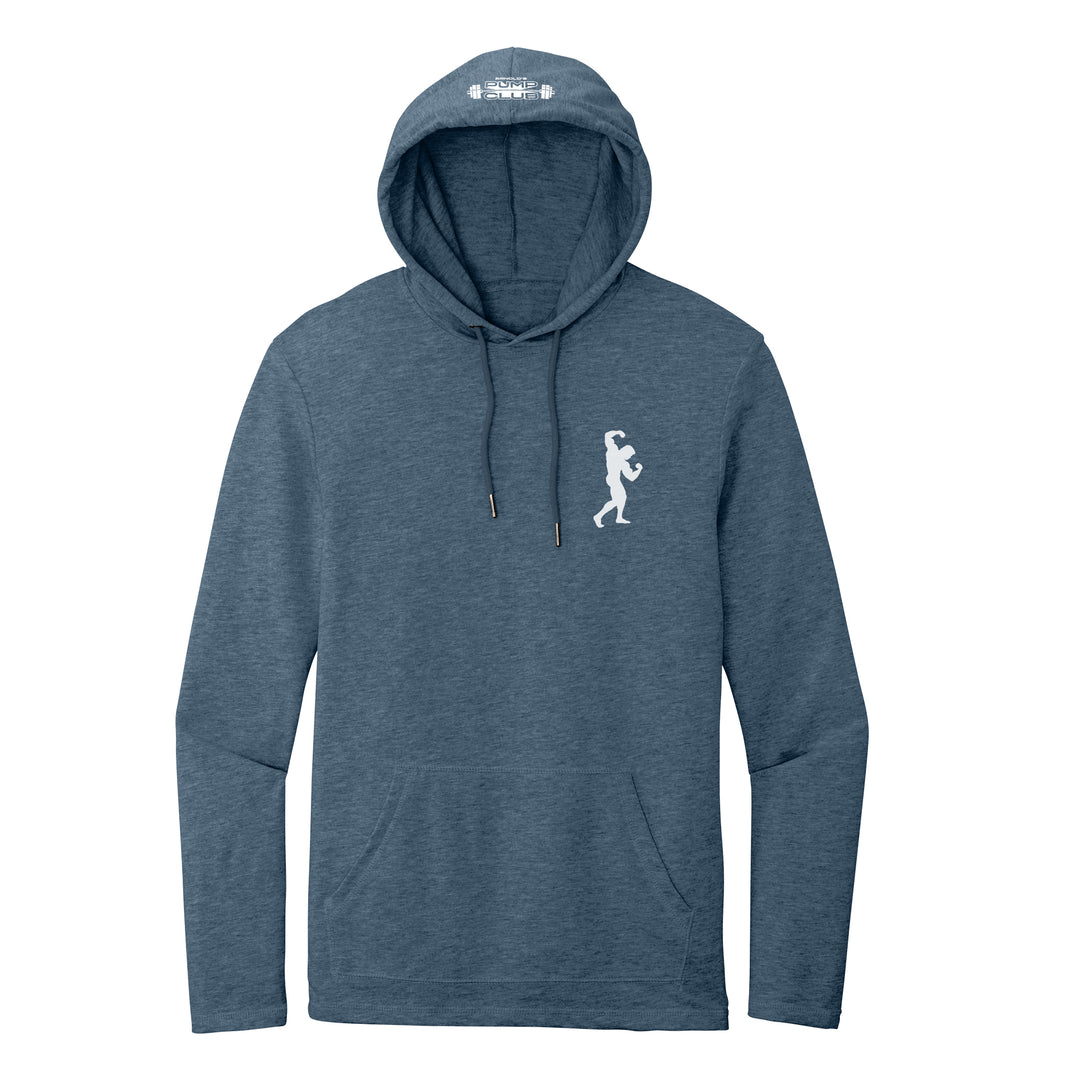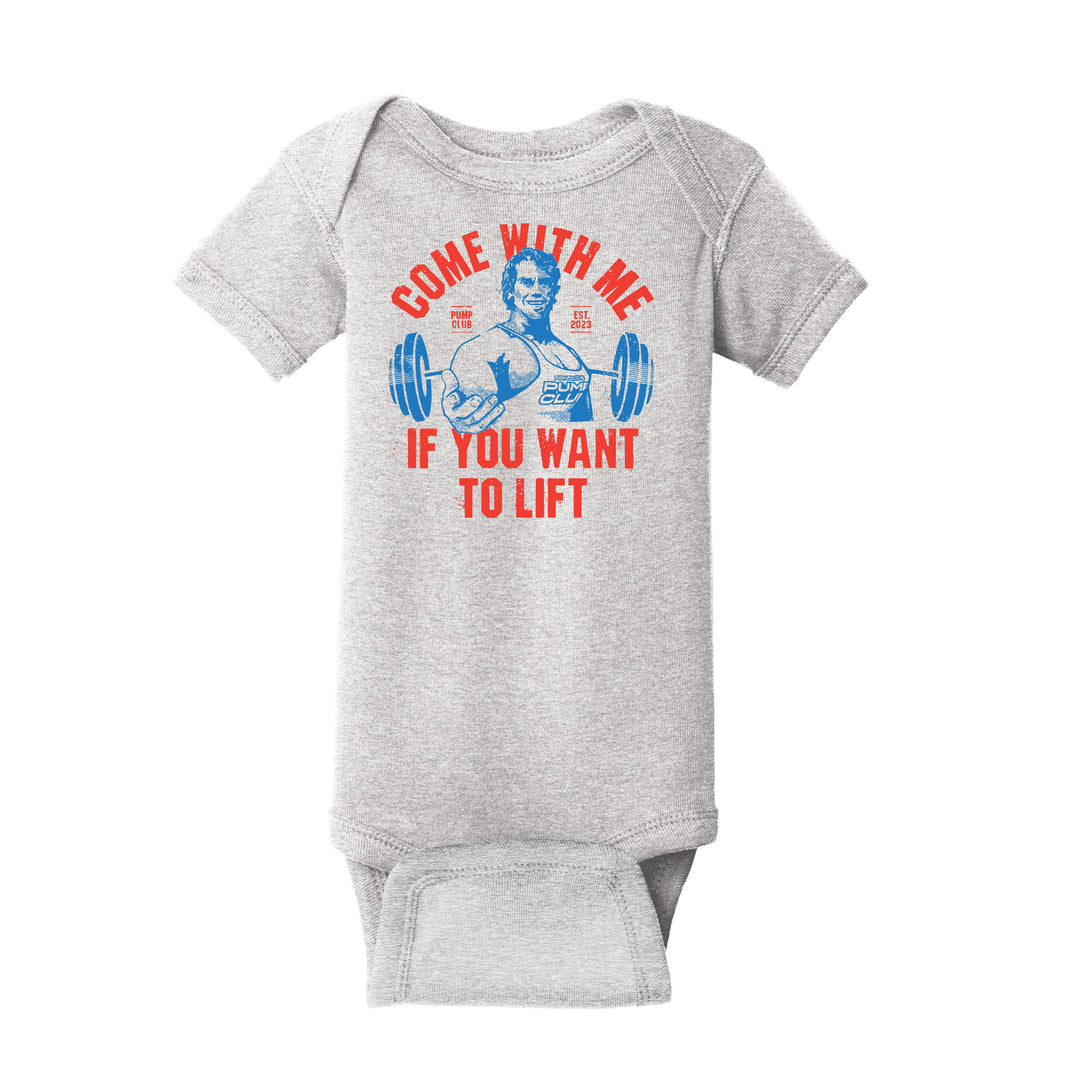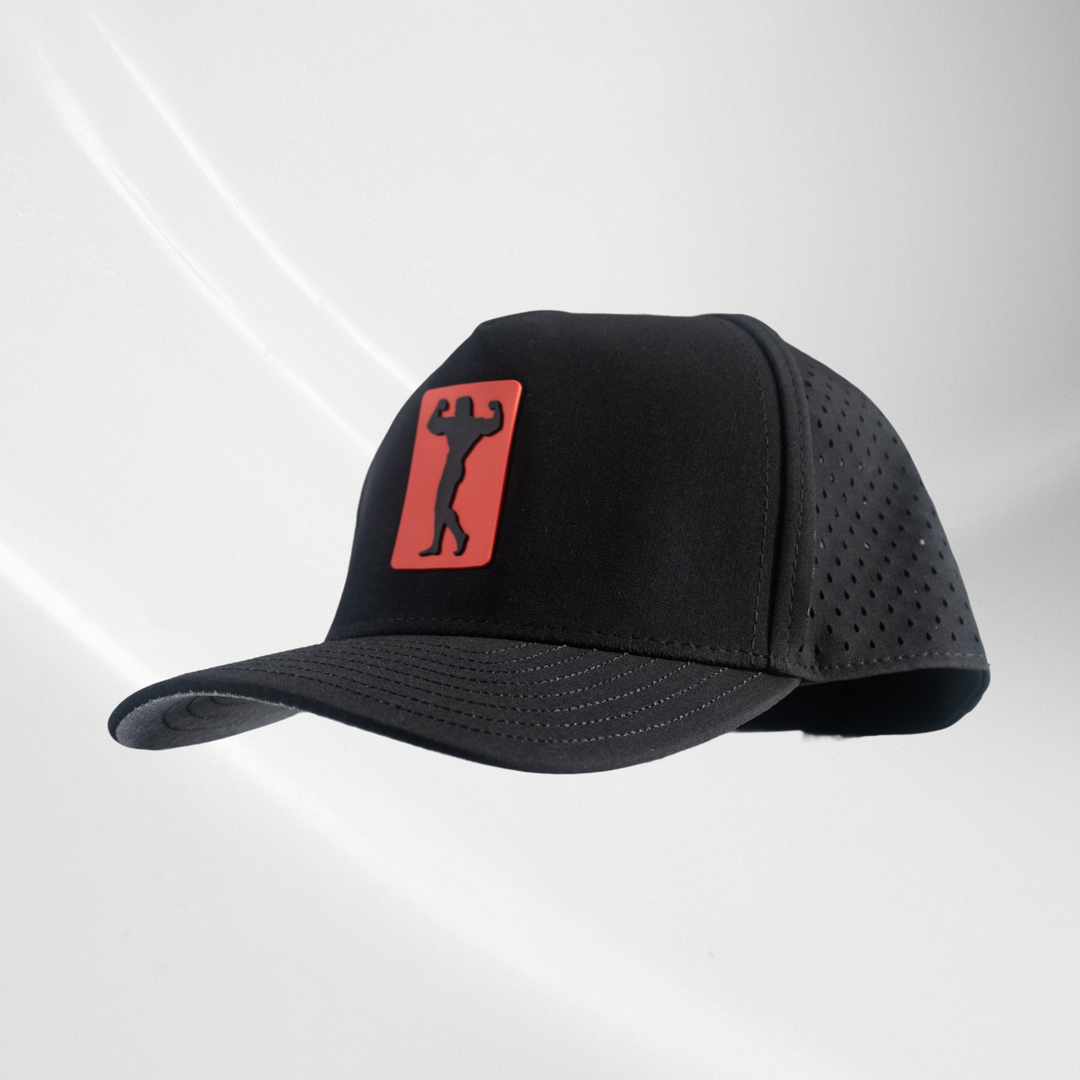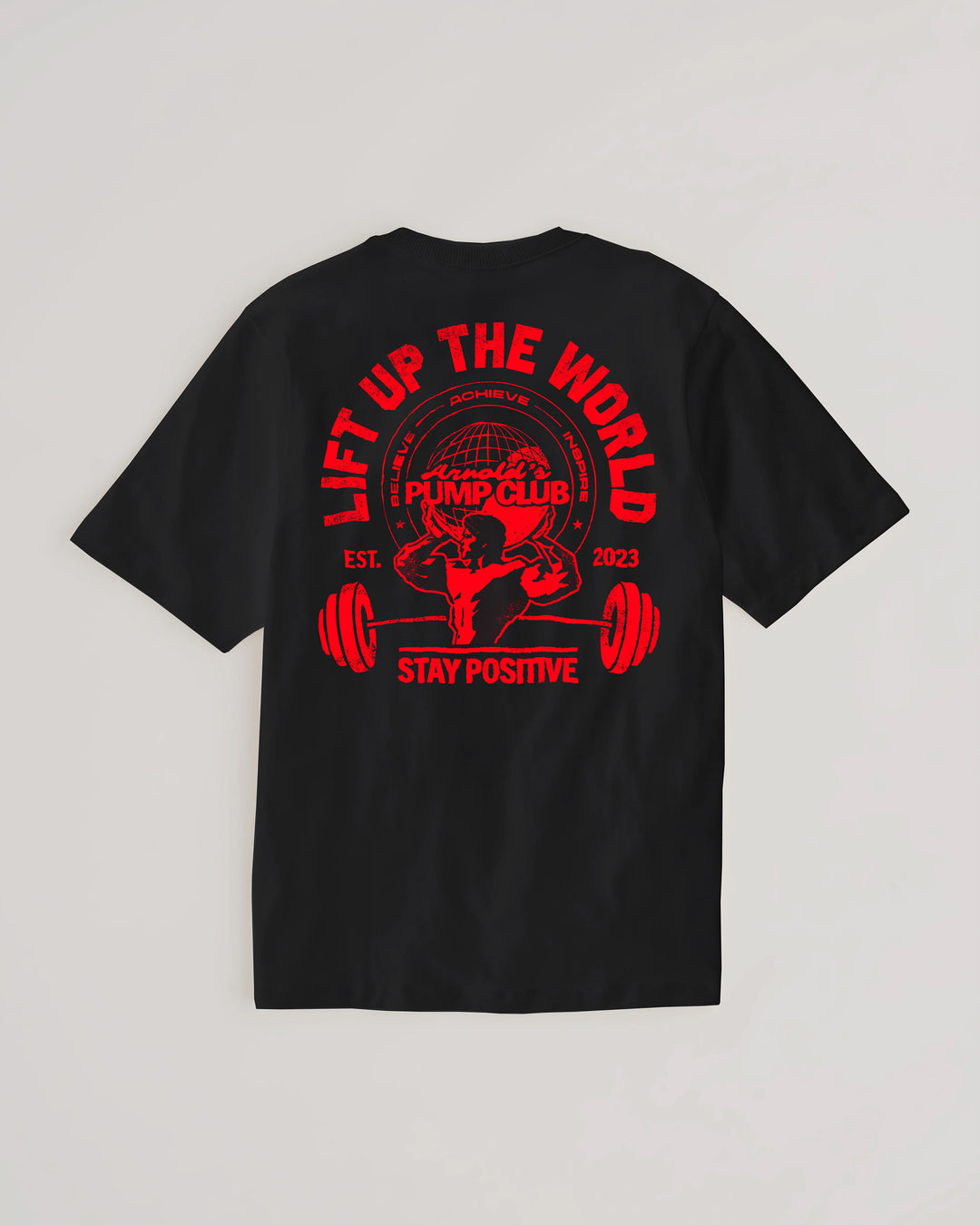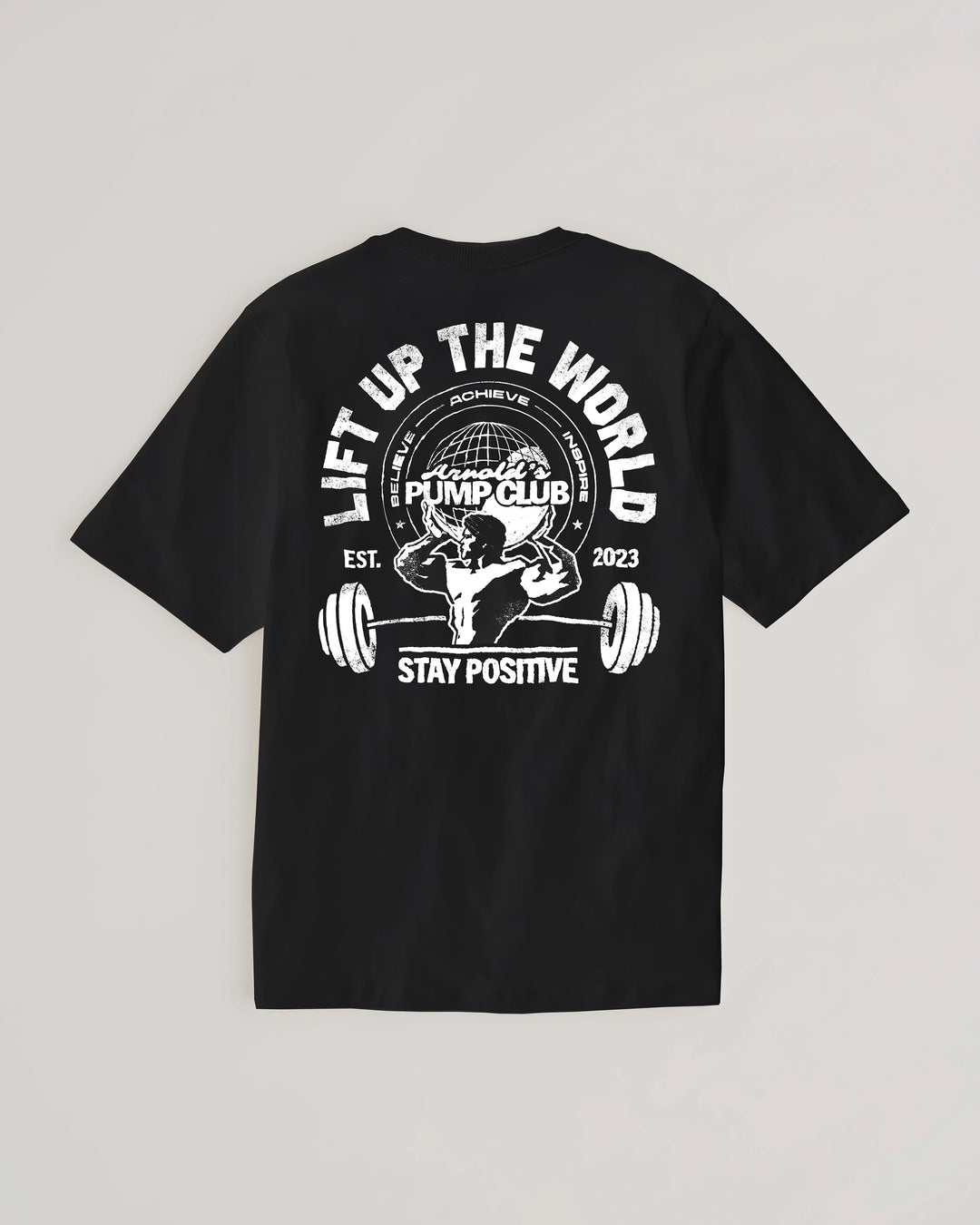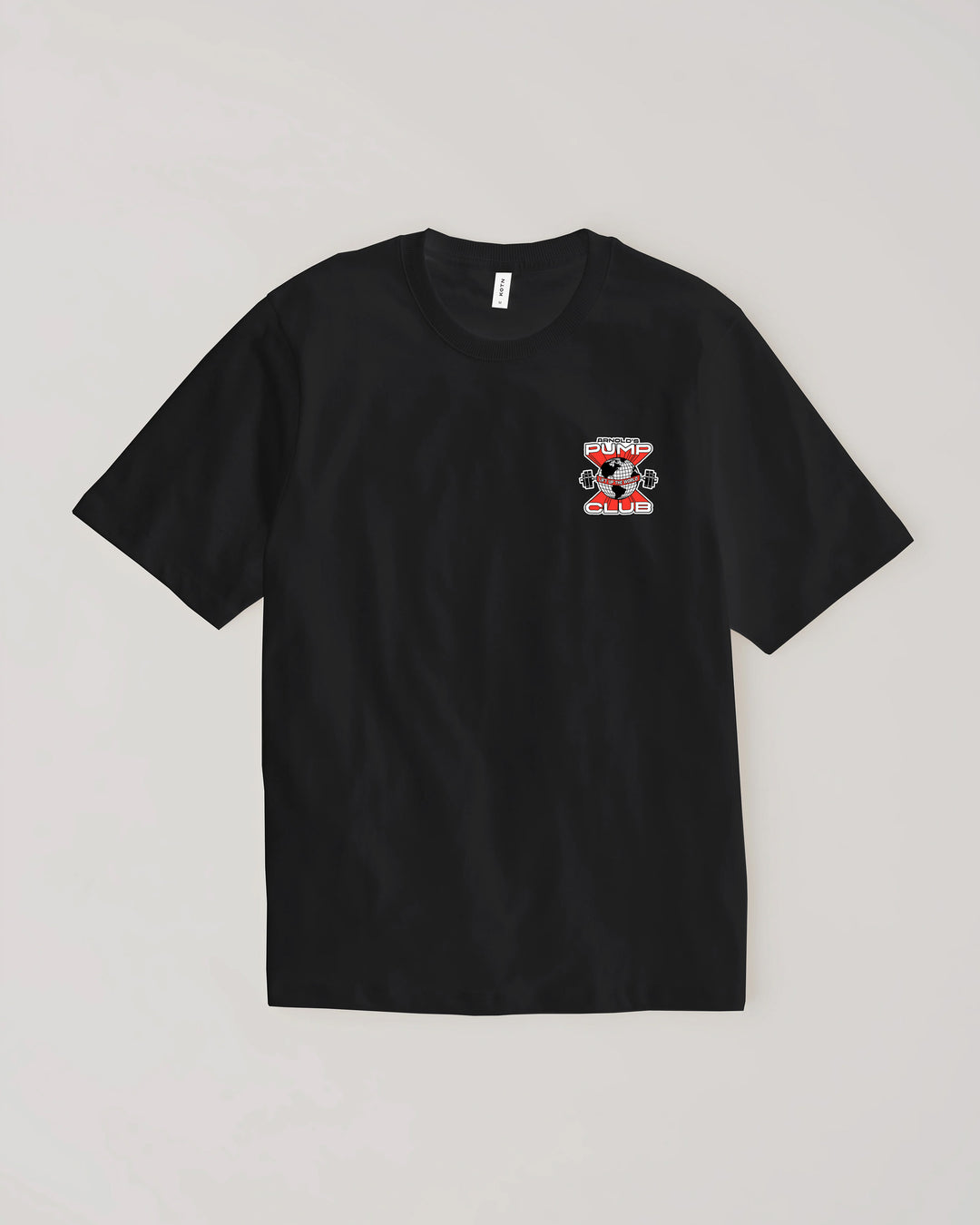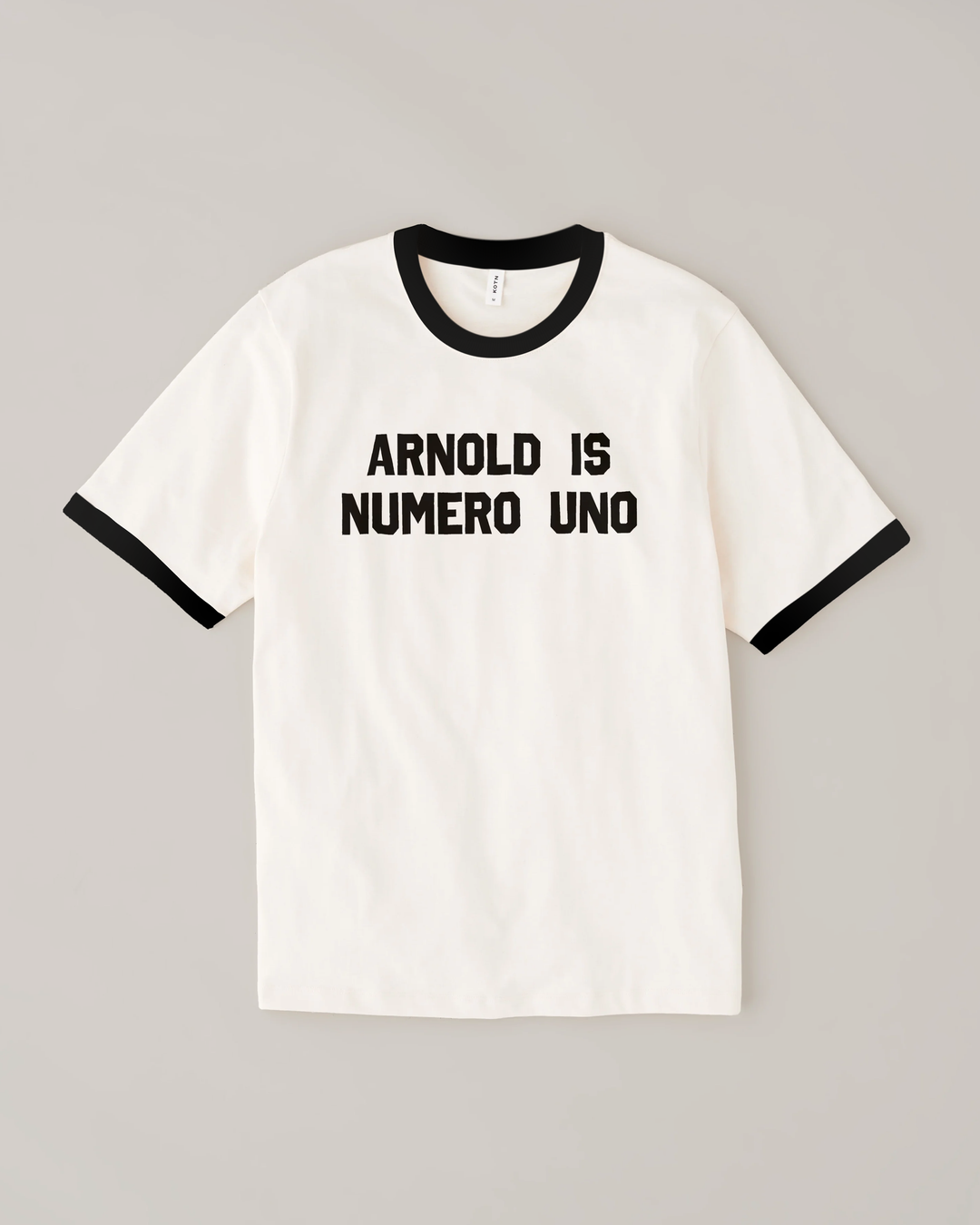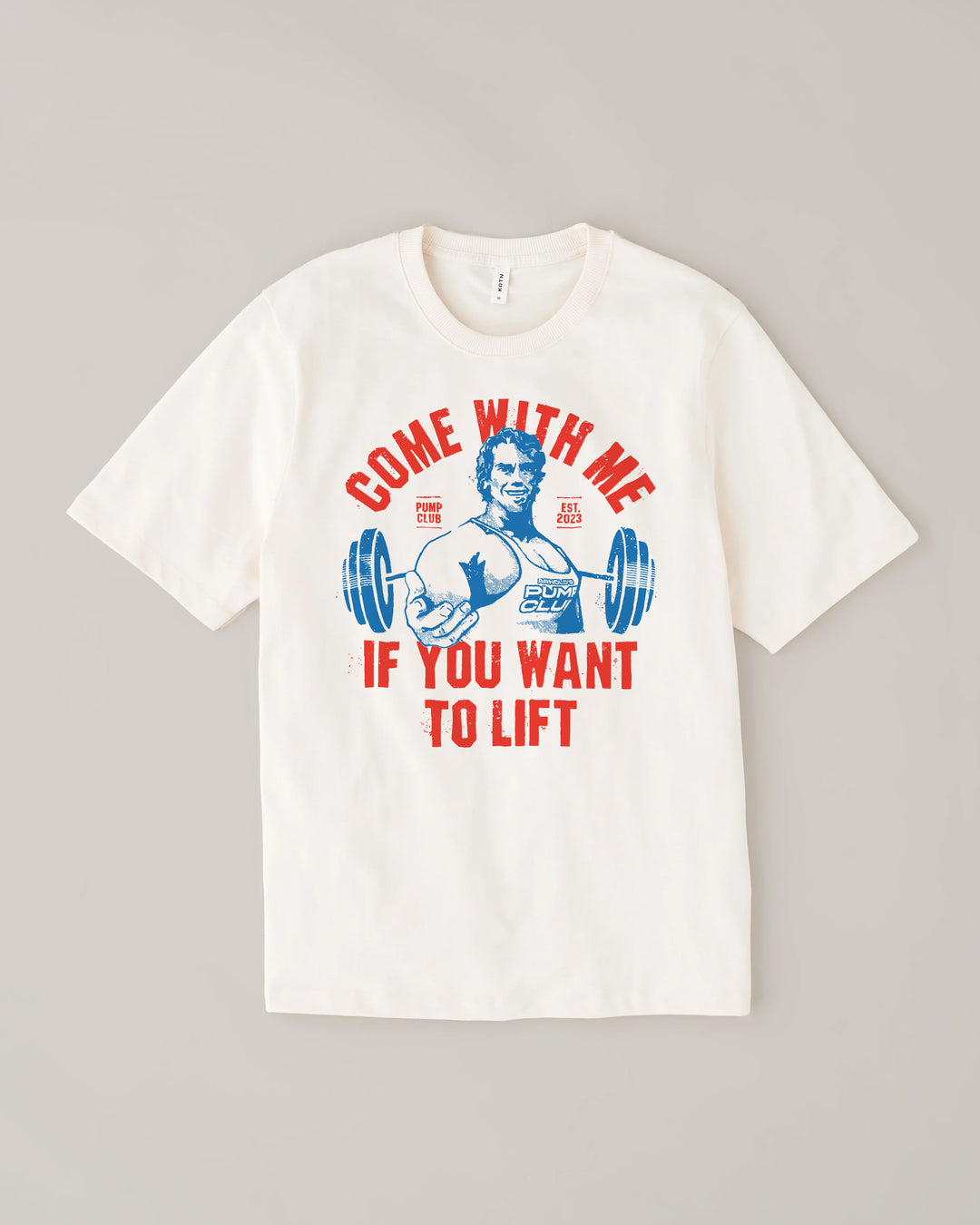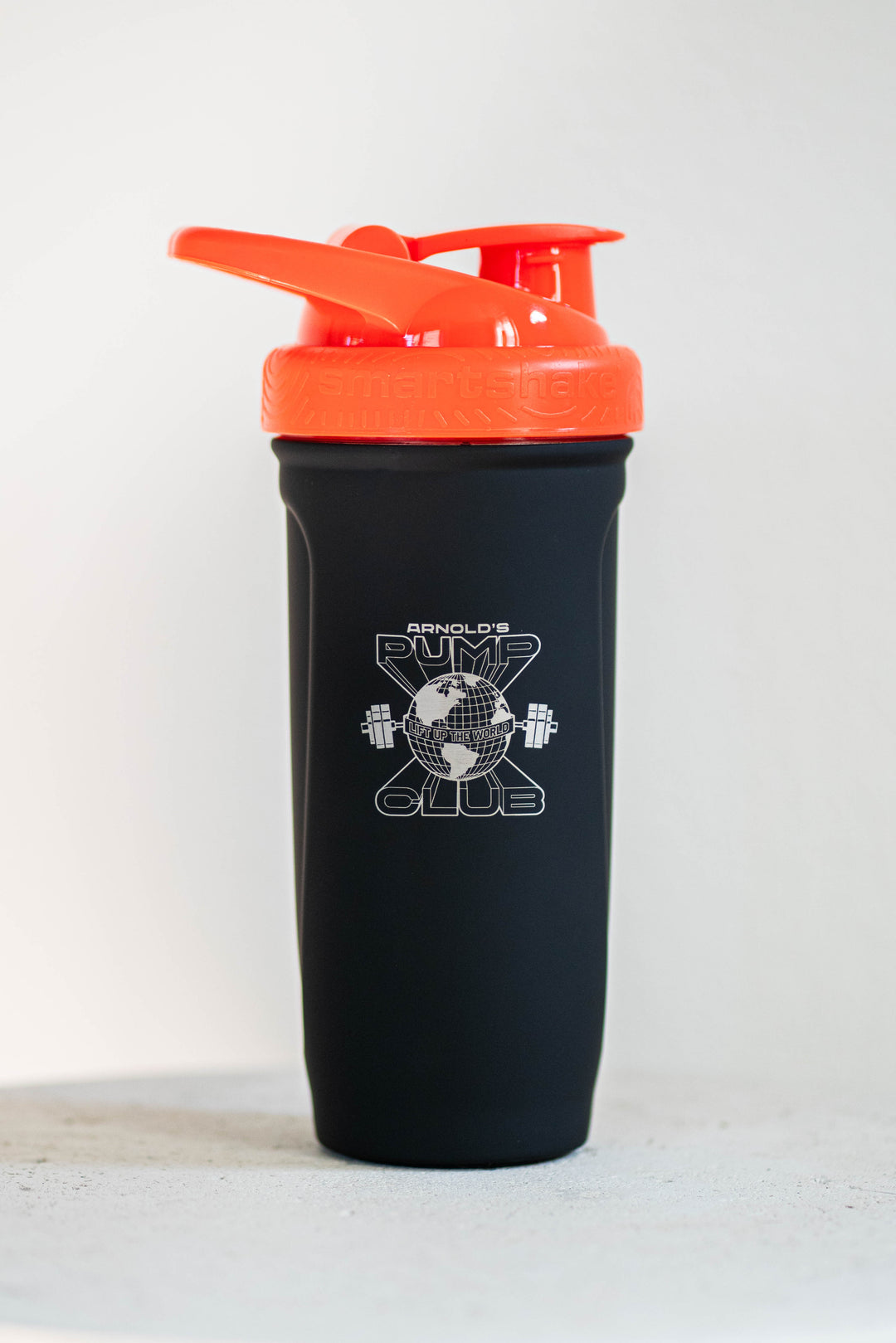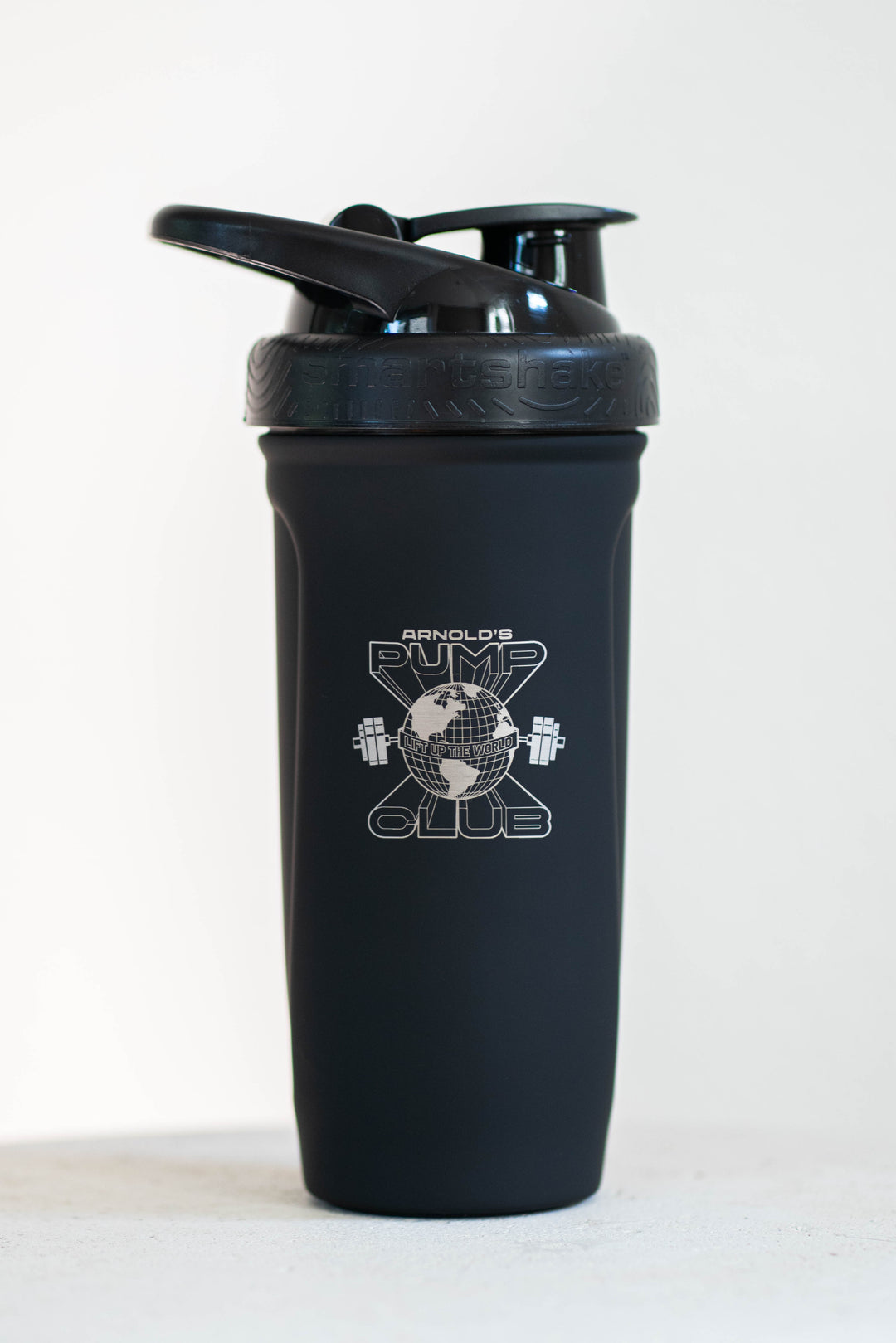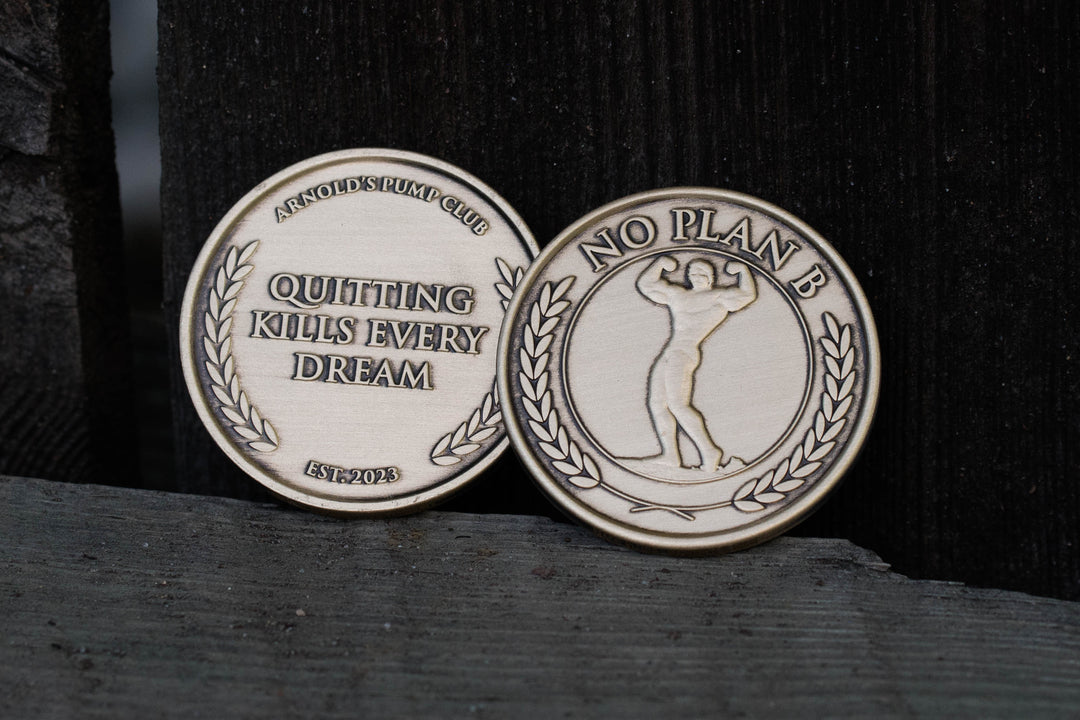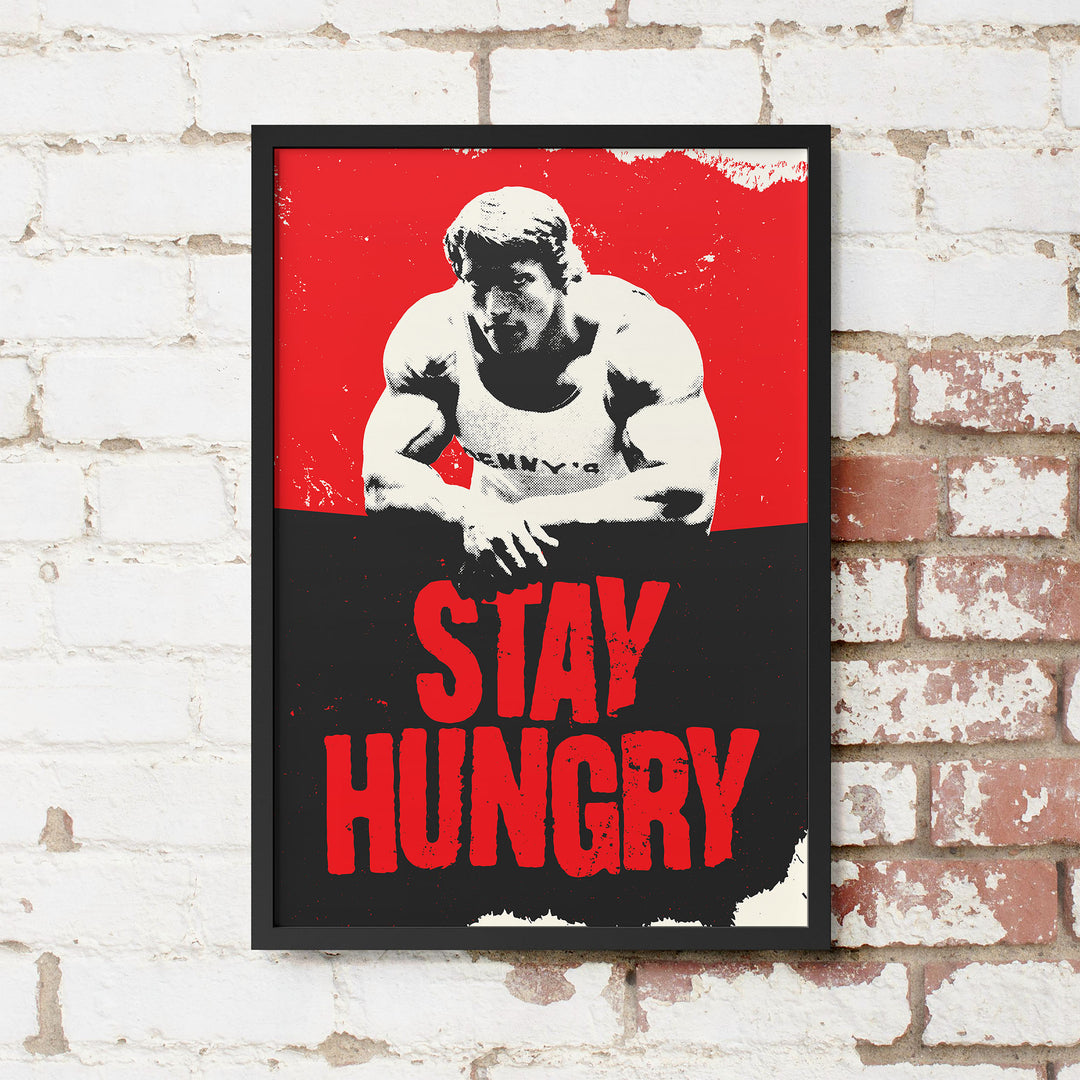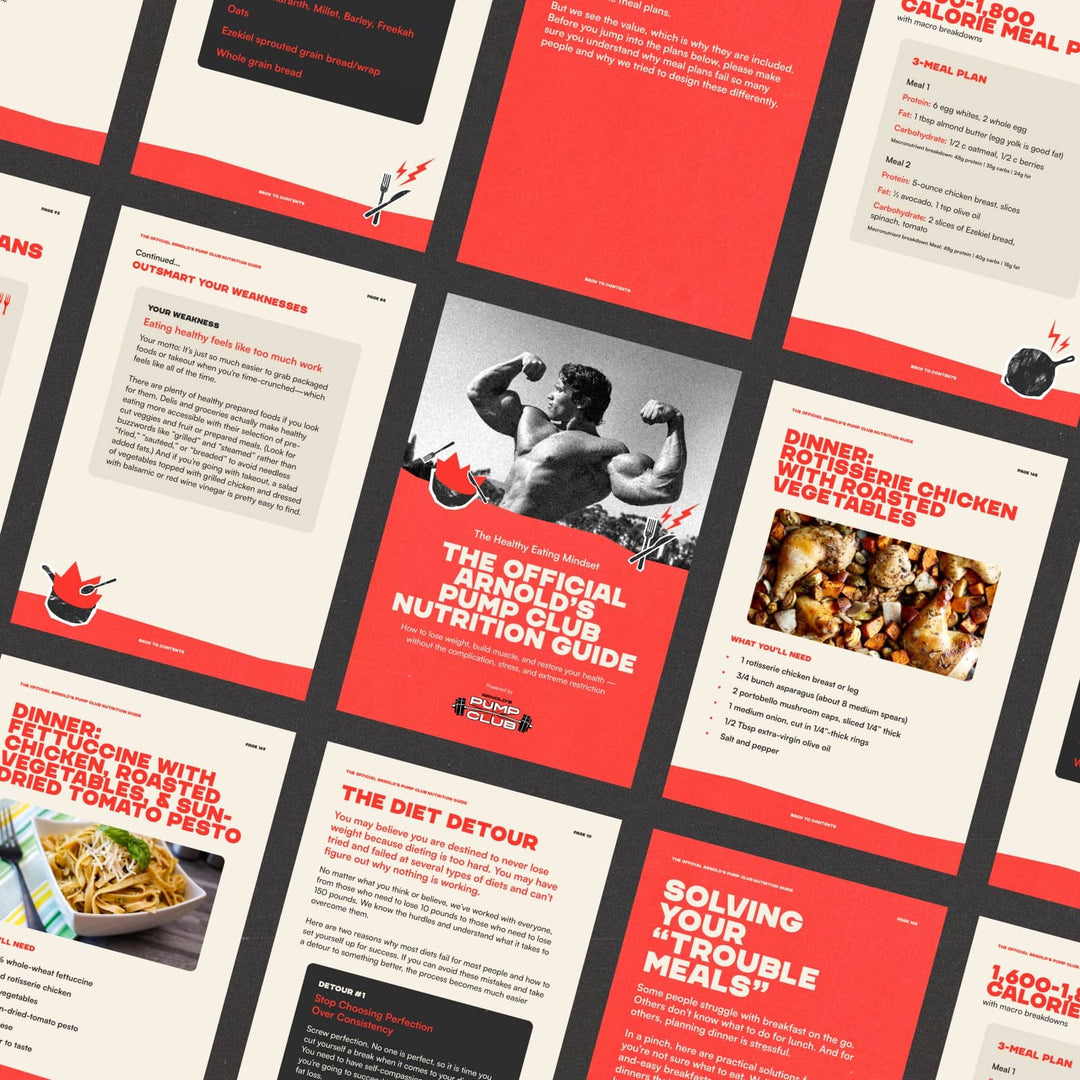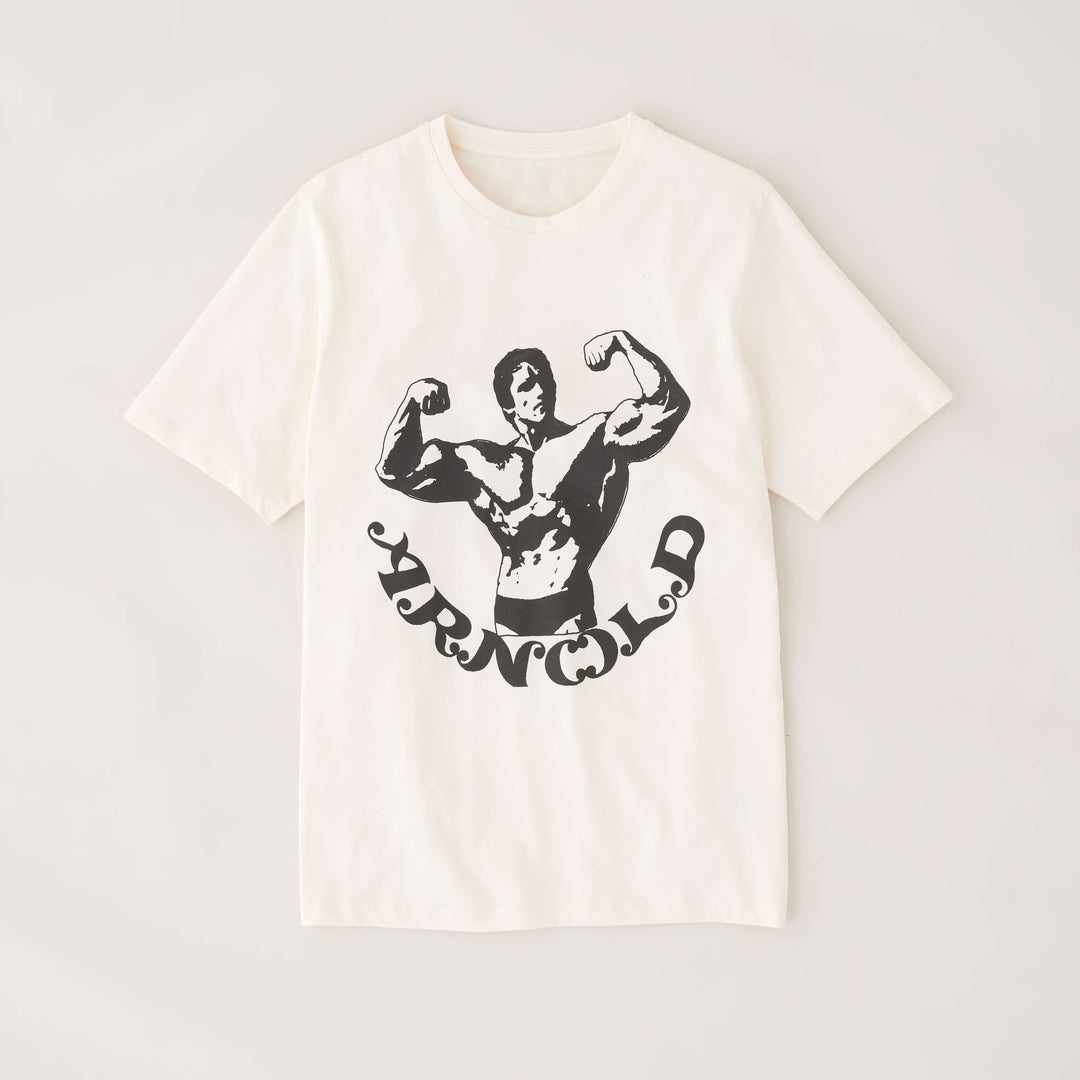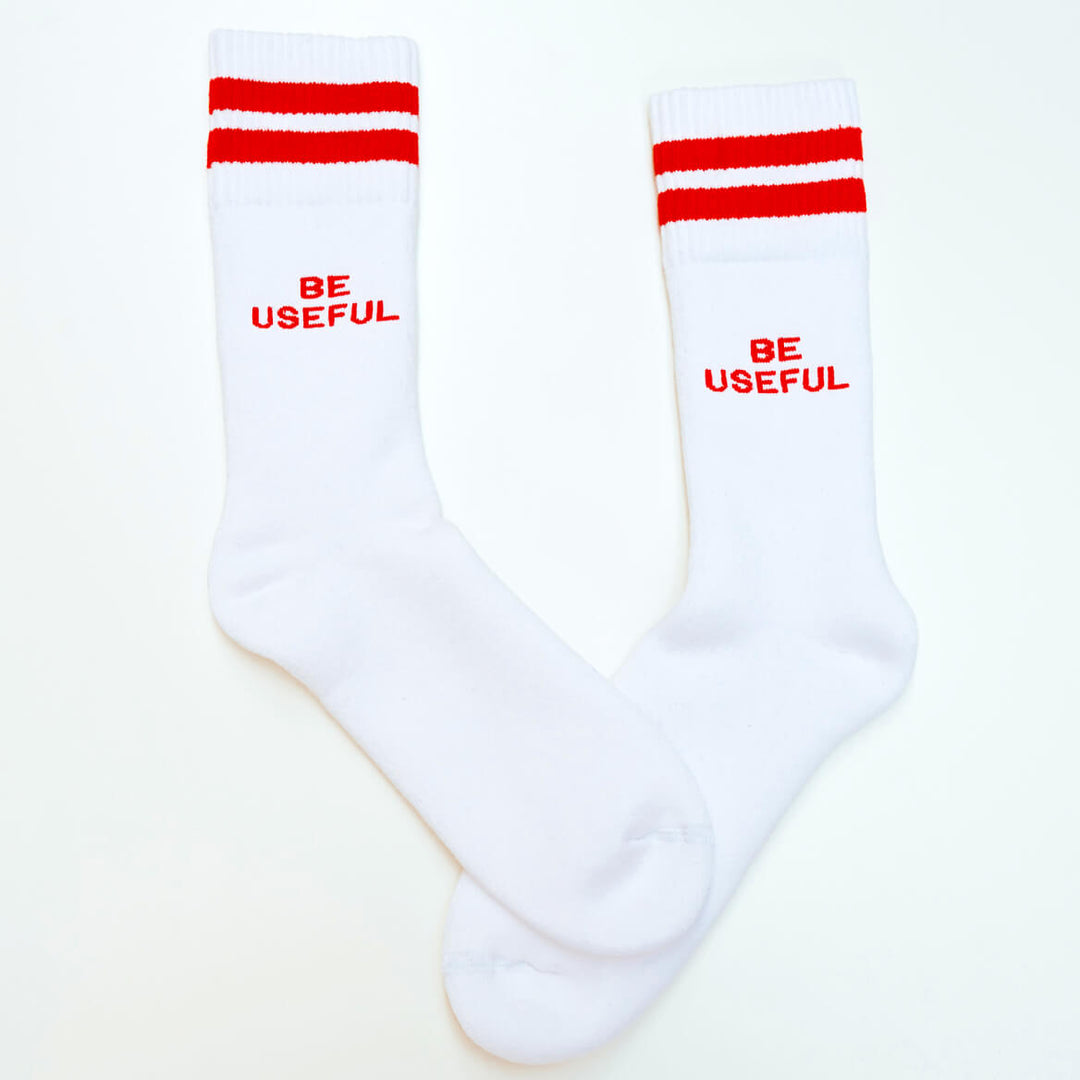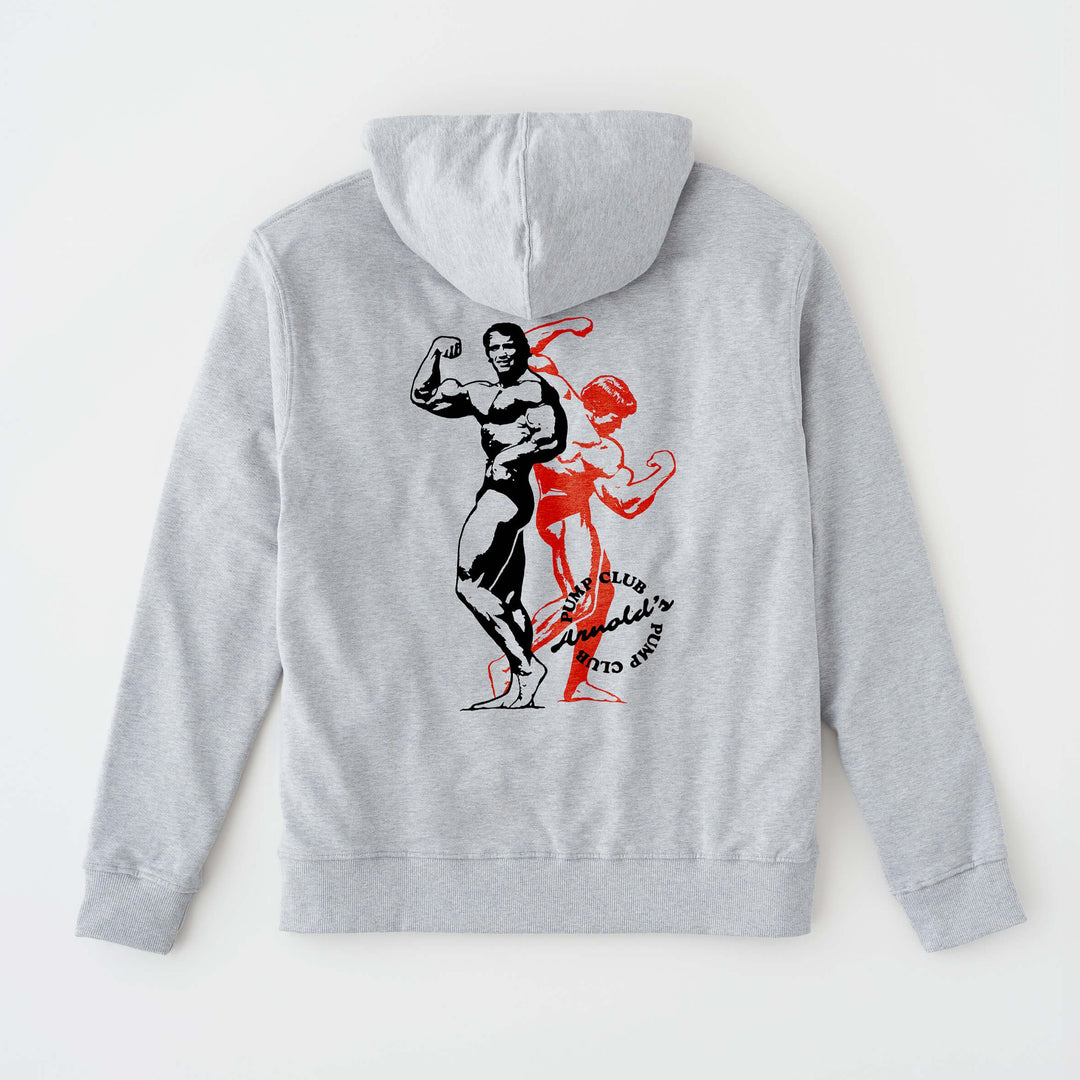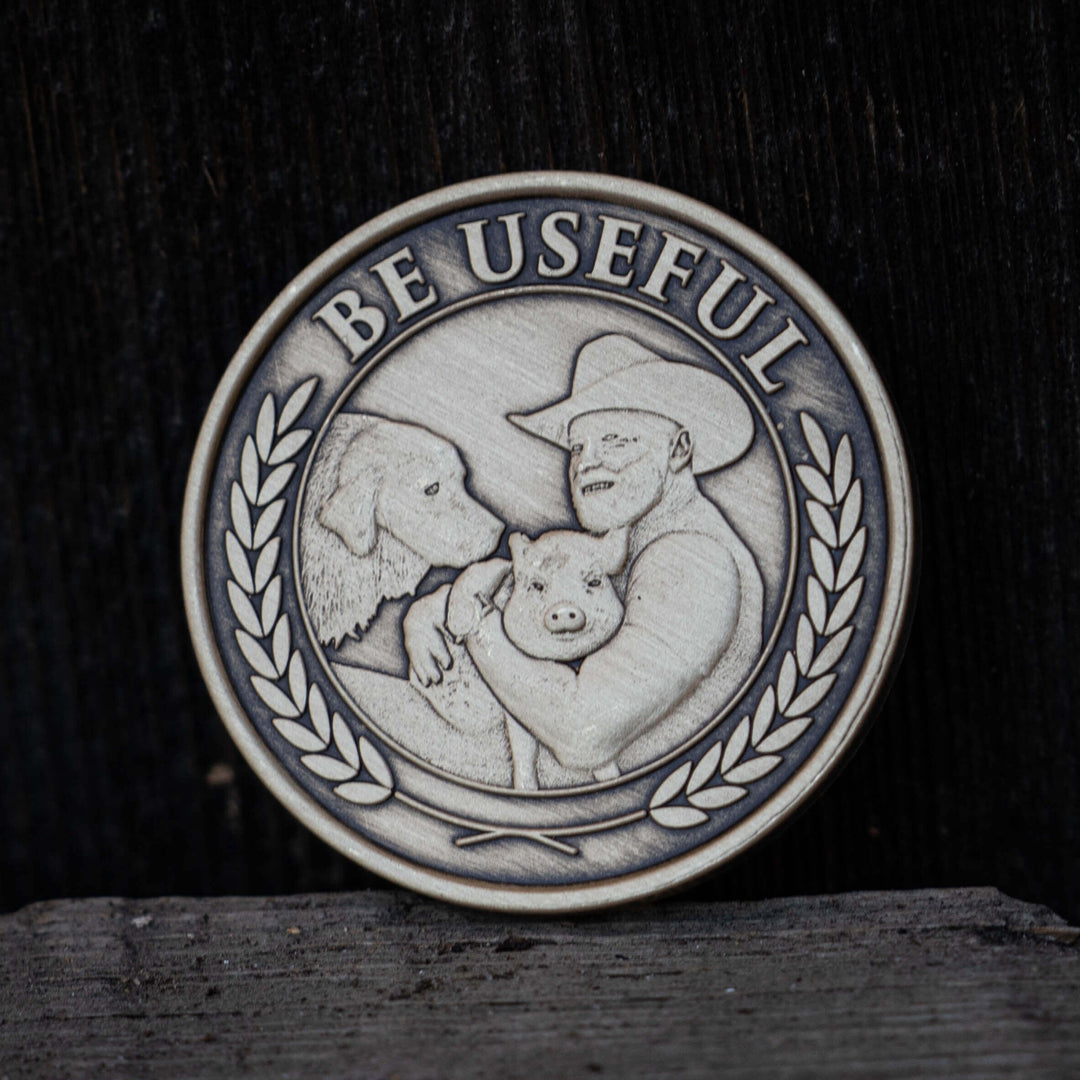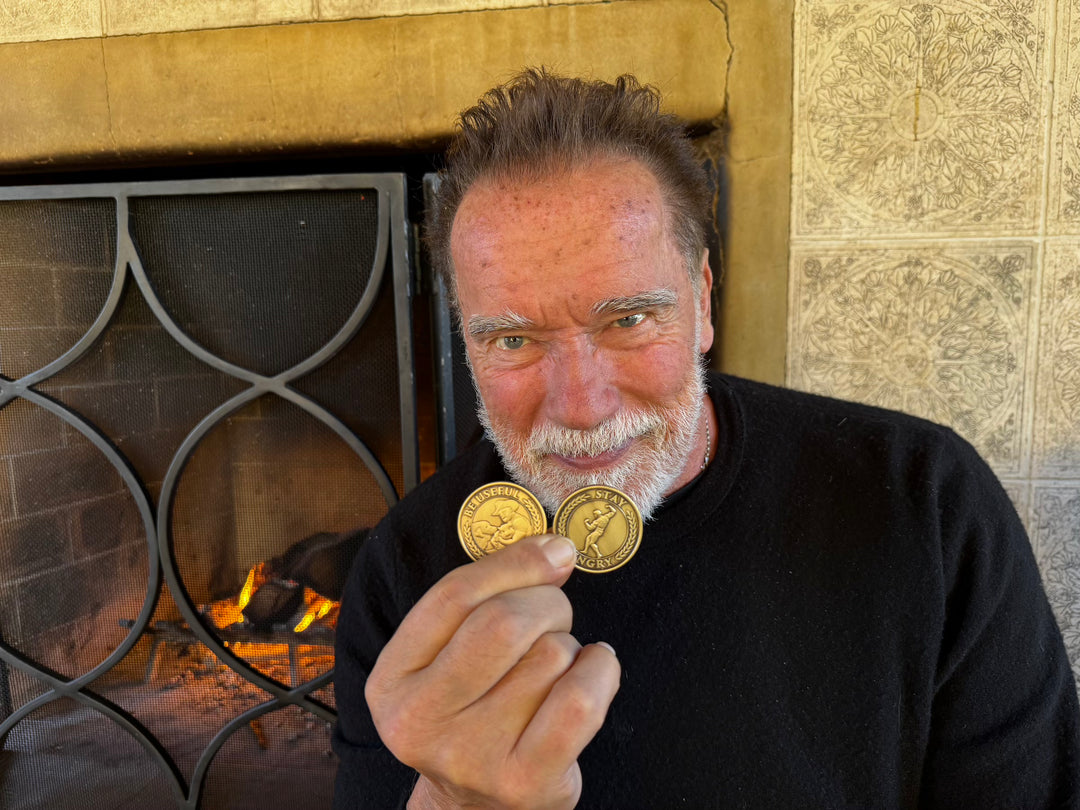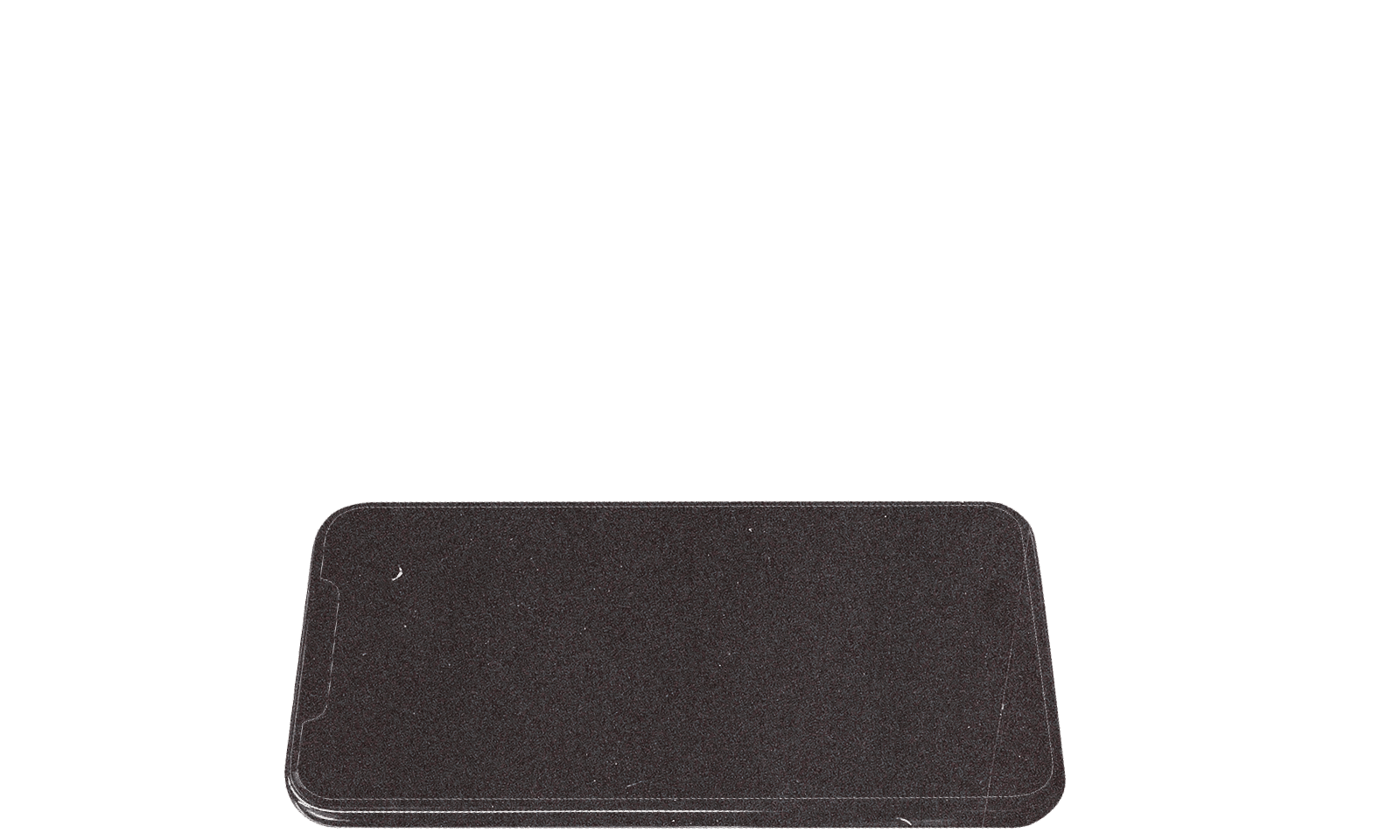Welcome to the positive corner of the internet. Every weekday, we make sense of the confusing world of wellness by analyzing the headlines, simplifying the latest research, and offering quick tips designed to make you healthier in less than 5 minutes. If you were forwarded this message, you can get the free daily email here.
Today’s Health Upgrade
Monday motivation
Your favorite workouts of 2024
Arnold’s Podcast
Want more stories from Arnold? Every day, Arnold’s Pump Club Podcast opens with a story, perspective, and wisdom from Arnold that you won’t find in the newsletter. And, you’ll hear a recap of the day’s items. You can subscribe on Apple, Spotify, Google, or wherever you listen to podcasts.
Arnold’s Corner
Monday Motivation
We’ve made it to the end of the year.
Today, I want you to do something that I don’t even love to do myself. I want you to look back.
I’m a big believer in keeping my vision locked on the future, but as much as I prefer to keep moving forward without looking back, I also know that our past has the power to teach us great lessons.
I want you to go all the way back to January. I am sure, like most people, you made some resolutions. Go back and remind yourself of what you committed to for 2024.
Now, it’s time for step 1: I want you to end the year by celebrating every single one of your successes, no matter how small.
If you wanted to lose weight, and you lost a couple pounds this year, celebrate. If you wanted to read more, and you read for 5 minutes a day, celebrate.
Tally up all of your wins. This is the fun part. It might feel like bragging. Don’t think of it that way. Celebrating your little wins is the fuel that will keep you moving forward.
Step 2 is a little harder. I want you to look at the goals where you fell short. This requires brutal honesty.
Did you want to break your addiction to your machine and keep your eyes on the real world and not a screen? If you didn’t do it, pretending won’t help you.
Did you want to make training every week a habit, but you just couldn’t keep it going after that big boost of motivation at the beginning of the year? Be truthful.
Did you want to learn a new language, spend more time with your kids, call friends or family far away, or eat more vegetables, and you just don’t feel like you did what you planned so boldly last January?
Don’t kid yourself. You know deep down where you fell short. Hiding that won’t help you feel better for long. Admitting it and moving on to step 3 will.
Step 3 is figuring out why you fell short. I have some ideas.
First, did you have a very clear vision? I don’t mean saying, “I want to be the kind of person who is in shape.”
It is important to know who you want to be, but if you don’t know why, and if you don’t see it, it won’t happen.
Did you see yourself, in your mind, like a movie, in shape and doing all of the things that cause you discomfort or pain now or cause you to run out of breath and tap out?
You need to see it. Really see it, not just pretend and make a goal or a resolution. That goal needs a real vision, so real that it feels like a memory — only it’s one that hasn’t happened yet.
Second, I want you to ask yourself if you had a realistic plan.
A vision can’t happen without a real plan to do the work. Wishes are not strategies.
It feels good to say, “I will train every day for an hour,” but when you haven’t trained for years, it might keep you going for a month or two before motivation runs out and you end up like all of the people who fail to accomplish their New Year’s resolutions.
“I will resistance train my full body 3 days a week and go for walks or bike rides every day I don’t train” is much more realistic. It’s an actual plan, not just a dream.
You need to create realistic daily actions to reach your big vision.
This is a lesson anyone who has trained in a gym knows very well. You don’t just go bench press 500 pounds. You bench press the bar. You slowly build up. Then you bench press 135 pounds. One day, and it might be a year or several years, you bench press 225 pounds. Eventually, if you never stop after thousands of failures, you see that 500 pounds lift.
That’s the power of progression. You can have a big vision, but if you ignore all the stepping stones on the way across the river to that vision, you’re going to jump in and drown.
Find your stepping stones. Those are your plans.
You have to start small. Success breeds success. Losing a hundred pounds starts with one pound. Reading a book starts with one page. A marathon starts with one step.
Your confidence builds with every small victory.
And that’s why, finally, I want to ask if you gave yourself credit for those small wins.
I see so many people who lose a pound a week but know they’ve got a hundred pounds to lose, so they get frustrated and say, “I’m not doing enough.”
Yes, you are. You just don’t know if you give yourself positive encouragement instead of negative encouragement, you’ll keep going. In a year at that rate, you’d lose 52 pounds! Nobody, ever, would call that a failure.
So why are you zooming in and seeing that one week as not enough instead of zooming out and celebrating your wins?
Negativity will kill results, over and over.
Progress takes time. I know how easy it is to see other people who are fit and assume that it happened overnight, that they have better genetics, and that they never got hurt or sick.
That’s bogus. I know that’s how a lot of people pretend on Instagram, but anyone you see who is successful and in shape did it one step at a time and had many times where they took steps backward. The difference between you and those people right now is that they took a step backward or failed and then just got up and kept trying.
You need to celebrate the daily wins, then the weekly wins, then the monthly wins.
Combined with a clear vision and a real plan, that is how you will make 2025 your best year yet.
Are You Waiting Or Taking Action? (January Is On Us)
Want Arnold to coach you to better health in 2025? Join the Pump App. It’s your all-in-one health solution with customized workouts, a habit builder, access to fitness and nutrition experts, and help from Arnold himself. And you’re backed by a supportive community that is truly the positive corner of the internet. When you join the annual plan today, pay nothing until February. Get started now.
The Pump Club Workouts Of The Year
Last week, we shared some of your favorite nutrition tips and the numbers you couldn’t forget.
Today, we’re sharing your favorite workouts. Every Monday, we shared a new program. After 51 weeks, here are the workouts you enjoyed most.
The Full-Body Circuit
Set a timer for 1 minute and do the number of reps listed on the first exercise. Then, rest the remainder of the minute. Then, set the timer for another minute, do the reps of the second exercise, and rest the remainder. Repeat this for each exercise, and once you complete all five exercises, rest for 2 minutes, and then repeat. Complete 2 to 4 rounds, meaning the workout could be as short as 12 minutes (and you’ll feel like it was much longer!)
Dumbbell or band workout
Dumbbell or band thruster: 5 reps
Dumbbell or band chest press: 8 reps
Dumbbell lunges: 10 reps
Dumbbell or band row: 10 reps
Dumbbell or band straight leg deadlift: 8 reps
Bodyweight variation
Bodyweight squat: 10-15 reps
Pushups: 10-12 reps
Lunges: 8 reps per leg
Inverted row: 10-12 reps
Bodyweight straight leg deadlift: 10 reps/leg
The Low-High Approach
We often talk about the “first-set mindset.” It’s an approach that helps you maximize your intensity and results.
Once your warmups are done, you want to push your hardest on the first sets before fatigue takes over. This workout is designed to get the most out of every set because the movements become easier as the workout progresses. So, in round one, the movements are most difficult, a little less challenging in round 2, and then less challenging in round 3. This way, as fatigue builds, you’ll still be able to push hard, maximize motor recruitment, and make the most of your workout.
How to do it: Perform one set of each exercise in round 1. Then rest for 3 minutes. Move to round 2, do each exercise, and rest another 3 minutes. And then repeat for the final round. If you’re short on time, do the exercises as a circuit, performing one after the other. If you truly want to maximize recruitment, prioritize recovery and rest 3 minutes between exercises. Both ways will be effective, but more rest will help manage fatigue and increase the intensity.
Round 1
Rear-foot elevated split squat: 6-8 reps
Incline dumbbell press: 6-8 reps
Chest-supported dumbbell row 6-8 reps
Kickstand deadlift: 6-8 reps
3 minutes rest
Round 2
Dumbbell squat: 6-8 reps
Flat dumbbell press: 6-8 reps
Bent-over dumbbell row: 6-8 reps
Straight-leg deadlift: 6-8 reps
3 minutes rest
Round 3
Bodyweight squat: 10-20 reps
Pushup: 10-20 reps
Inverted row: 10-20 reps
Glute bridge walkout 10-20 reps
Build Your Own Total Body Workout
Before studies started testing every training method, the bodybuilders and weightlifters of yesterday would create workouts, figure out what worked, and repeat what was most effective.
Despite everything we know today, some simpler approaches are still wildly effective.
This week’s workout is a throwback plan that is as brilliant as it is simple. Follow the four steps below, and you’ll see why it’s lasted the test of time.
Step 1: Pick four movements that cover all the basic movement patterns.
Movement one: push (think chest press, overhead press, etc.)
Movement two: pull (row, pullup, etc.)
Movement three: squat (barbell squat, single-leg squat, goblet squat)
Movement four: hinge (any deadlift variation, swing, or hip thrust/glute bridge)
Step 2: Pick two exercises you’ll perform during one workout and two exercises you’ll do for another. For example, you might combine a chest press and a row (this would be an all-upper body day). Or, you might combine a pullup and a barbell squat. You can combine any two pairs but don’t duplicate the exercises. So, the two exercises you perform for your first workout (workout A) will be different from those you perform the next time you exercise (workout B).
Once you’ve created your two pairs of two exercises, build a workout schedule. It will look like:
Workout A
Day off
Workout B
Day off
Workout A (and so forth)
Step 3: Find a weight you can perform for 5 reps for each exercise (you won’t use the same weight on each exercise). This might take some trial and error or estimates based on previous workouts. You can use barbells, dumbbells, kettlebells, bands, or even a weighted backpack or ruck.
Step 4: Begin the workout by performing one rep of the first exercise (using the 5-rep weight) and then rest. Then do two reps and rest, and then do 3 reps. That’s one set (6 total reps). You want to rest enough to feel fresh on each rep so you can push with maximum intensity. Rest, and then repeat the 1-2-3 method twice more for a total of three rounds. Then, move to the next exercise and repeat the 1-2-3 approach, and that’s it.
In the next workout (with the other two exercises), you’ll repeat the same 1-2-3 approach. We offer weekly workouts, but you can follow this program for 6 to 8 weeks and try to get stronger with each workout. It isn’t complicated, but it’s focused, intense, and designed to help get you stronger without having to live in the gym.
The Upper-Lower Superset
Instead of chest and back or quads and hamstrings, we’re giving you a full-body plan combining supersets (doing back-to-back exercises). However, we added a little spin by mixing upper and lower body movements. This will help maximize intensity, minimize fatigue, and leave you with a fantastic full-body pump.
Based on your equipment, perform either the dumbbell or bodyweight exercises.
Superset 1
Rear-foot elevated split squat(dumbbell or bodyweight): 3 sets x 12-15 reps
Dumbbell overhead press or pushups: 3 sets x 8-12 reps
Superset 2
Dumbbell step up (or bodyweight): 3 sets x 10-15 reps
Bent-over dumbbell row (or bodyweight row or Superman pullup): 3 sets x 10-15 reps
Superset 3
Plank: 3 sets x 15-30 seconds
Dumbbell biceps curl (if you don’t have dumbbells, you can fill a backpack with books and curl them): 3 sets x 6-10 reps
Superset 4
Dumbbell Romanian deadlift or bodyweight hip raise: 3 sets x 8-12 reps
Dumbbell triceps extension or close grip pushups: 3 sets x 12-15 reps
The Kettlebell Complex
Complexes are a time and space-efficient method to help you burn fat, build conditioning, or layer on new muscle. With the right approach, they can even help you get stronger.
How to do it: Perform one round of three reps on each exercise and each side of your body (each movement is done with one arm or one leg). Try to rest as little as possible (or not at all) between exercises. The goal is never to set the weight down until an entire round is finished.
Once you perform all five exercises, that’s one round. Set the weight down and rest for 1-2 minutes.
Set a timer for anywhere from 10 to 30 minutes. If you’re a beginner, start with 10 minutes. If you’re more advanced, take on 30 minutes. See how many rounds you can perform in the time you have.
The Workout
Kettlebell 1-Arm Clean (3 reps on your left arm + 3 reps on your right arm)
Single Arm Kettlebell Push Press (3 reps on your left arm + 3 reps on your right arm)
Single Arm Kettlebell Front Squat: (3 reps holding in one arm + 3 reps holding on the other arm)
Kettlebell Single Leg Deadlift(3 reps on the left leg + 3 reps on the right leg)
Bent-over Kettlebell Row (3 reps on your left arm + 3 reps on your right arm)
Notes: You can also use a dumbbell, bands, weighted backpack, or rucksack. To find the right weight, use your weakest exercise (for most, that’s the push press) for all movements. That means some exercises might feel a little easy — but that will change once you start doing all the movements.
The One-Exercise Workout
This plan consists of workouts that are just one movement. It might seem easy, but wait till you give it a try. The design will help you build strength and muscle while challenging your cardiovascular system.
Each workout takes just 10 to 15 minutes, but when you add it all up, you’ll work all the muscles in your body and spark change and transformation even when time is short.
How to do it: For each workout, perform 3 “work-up” sets (AKA warmups), where you gradually add weight until you hit your “working sets.”
On any exercise, you can also do dumbbell, kettlebell, or machine variations. Or, throw on a rucksack or weighted backpack and do body-weight versions.
Day 1
Set a timer for 1 minute. Perform 4 to 6 reps of a squat and overhead press. Then, rest the remainder of the minute. So if it takes you 20 seconds to do 6 reps, you’d rest the additional 40 seconds. Repeat four more times for a total of 4 to 6 rounds. Not including the warmup, the workout will take less than 10 minutes.
Barbell Squat or Front squat: 10 minutes x 4-5 reps/side
Day 2
Set a timer for 10 minutes. Perform 3 reps of straight leg deadlifts, and put the weight down. Rest and watch the clock. When a full minute is completed, do another 3 reps. Put the weight down, rest, and repeat. Keep doing the sets of 3 reps for 10 minutes (10 sets total) and your workout is done.
Straight Leg Deadlifts: 10 minutes x 3 reps per set every minute
Day 3
Standing or Seated Clean and Press: 50 reps total
For each set, you’ll perform 5 to 8 reps, but ideally, stop approximately 1 to 2 reps prior to “failure.” Rest for 30 to 60 seconds, and then do another set performing as many reps as you can. Again, stop about 1 rep short of failure. Keep repeating this process until you do 50 reps total, and then call it a day.
—
Publisher: Arnold Schwarzenegger
Editors-in-chief: Adam Bornstein and Daniel Ketchell




